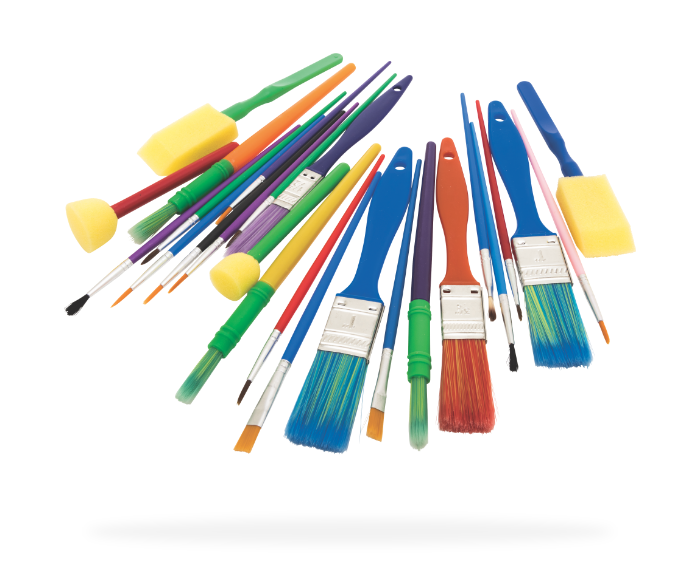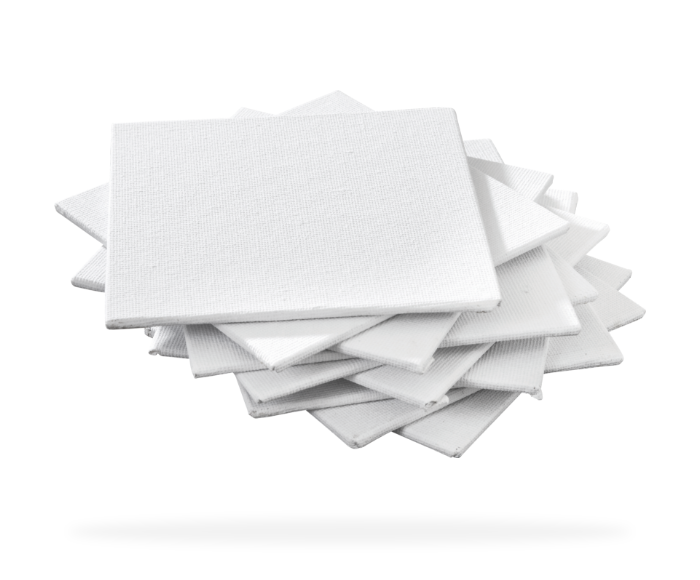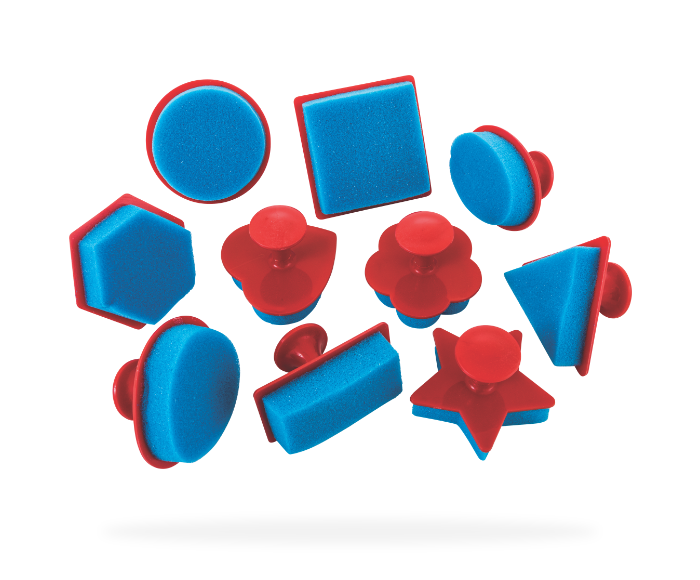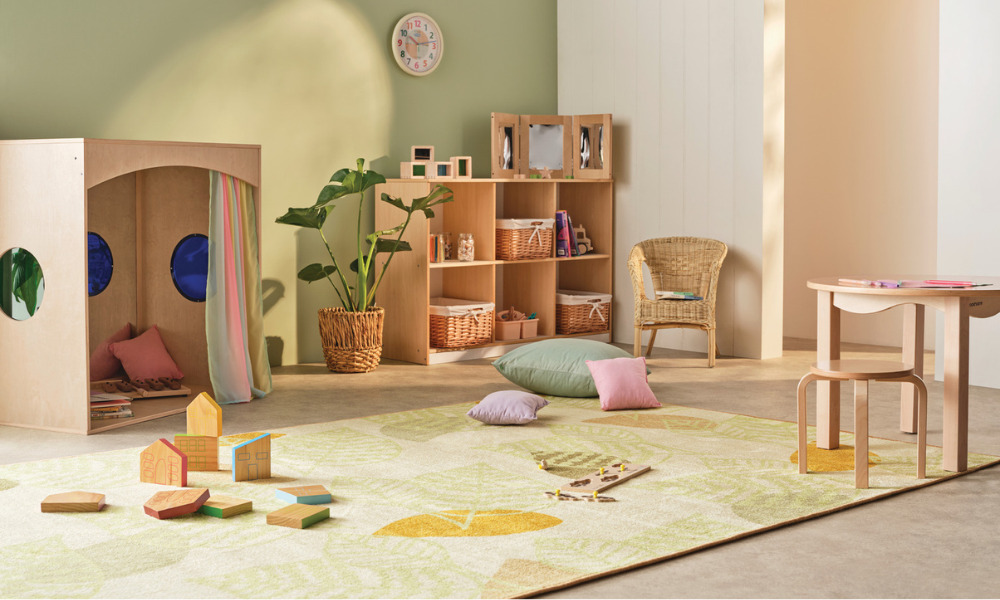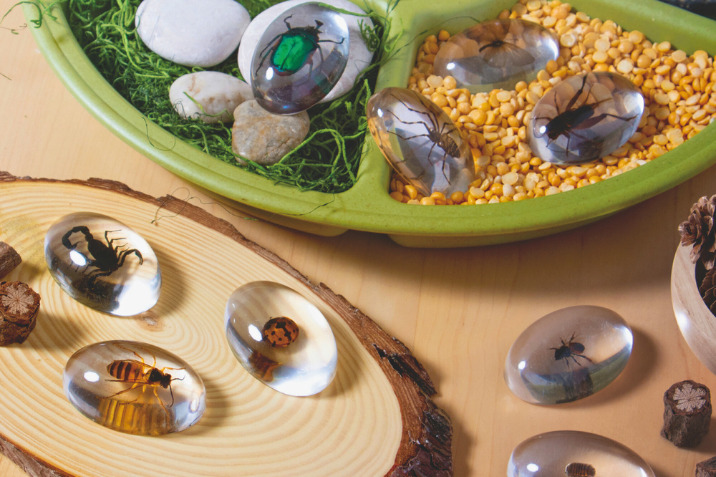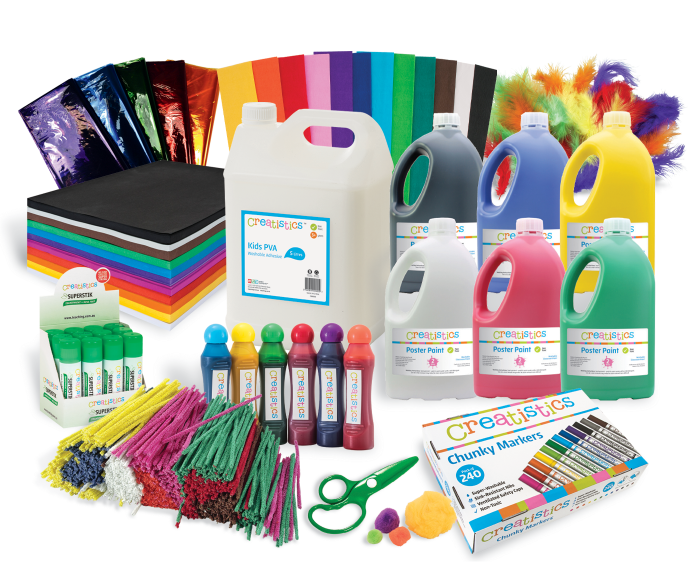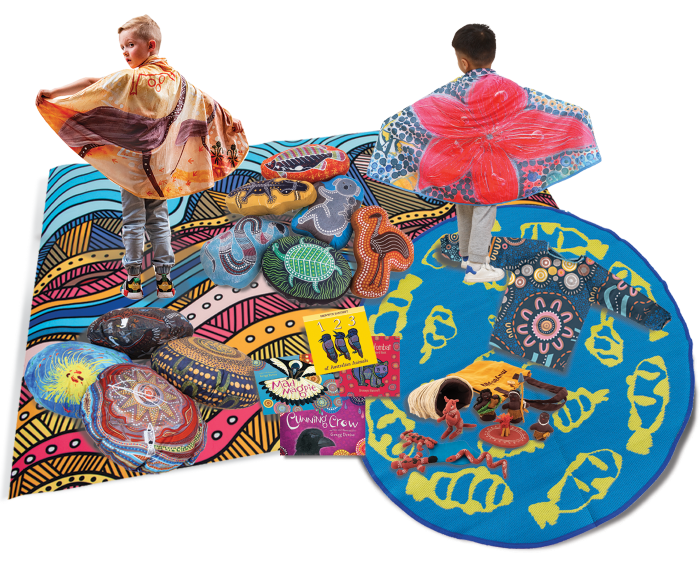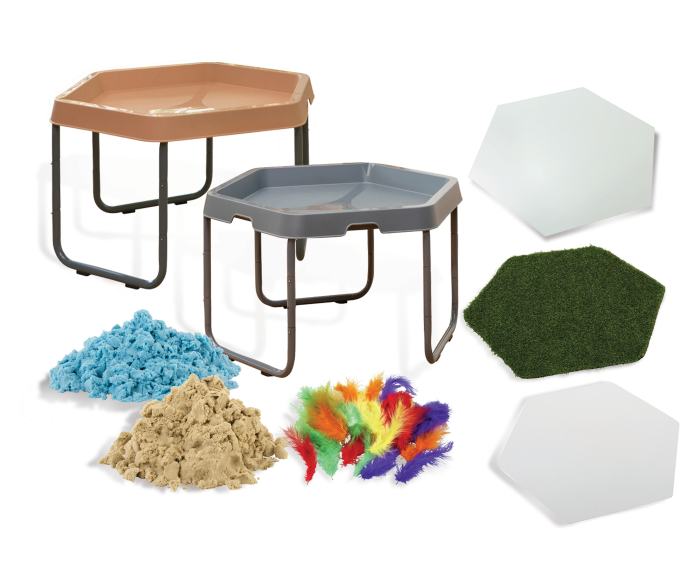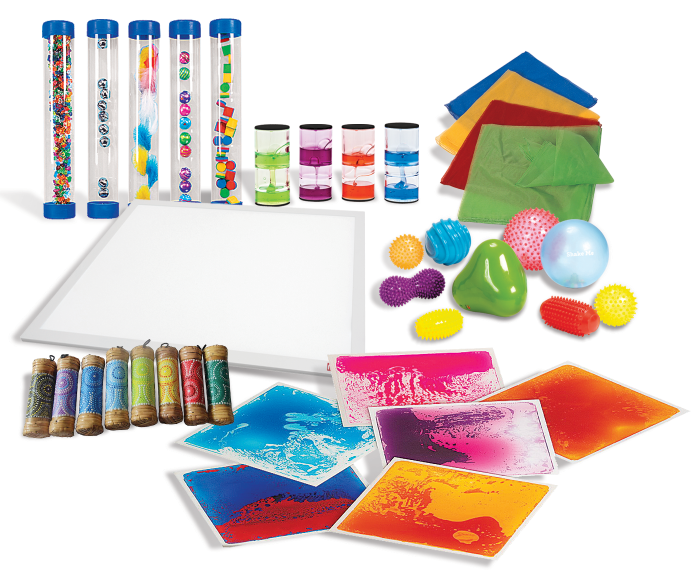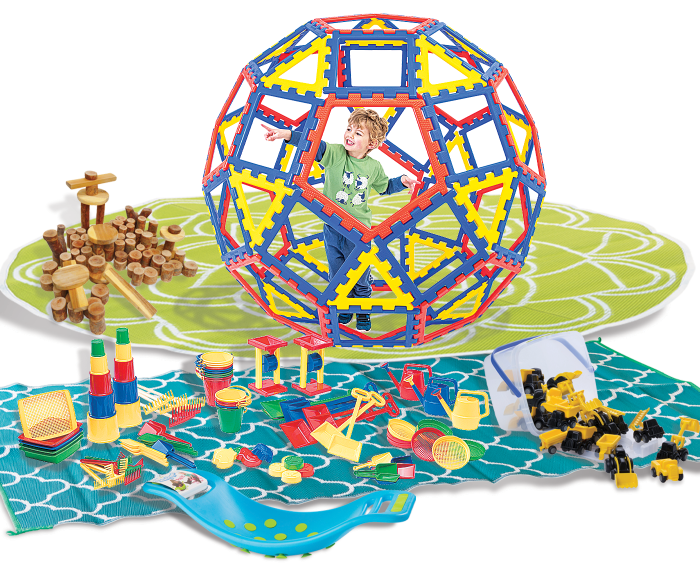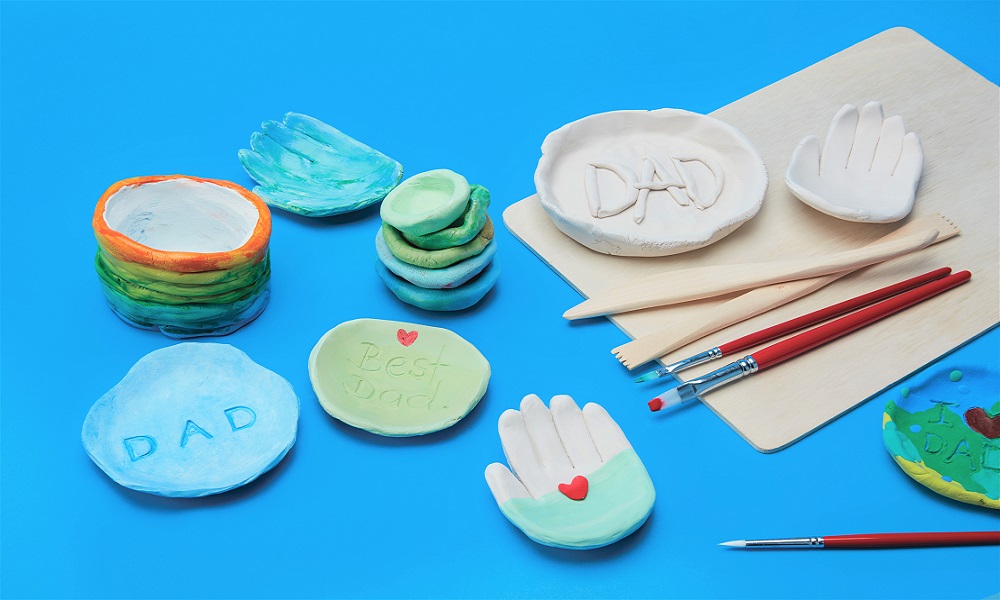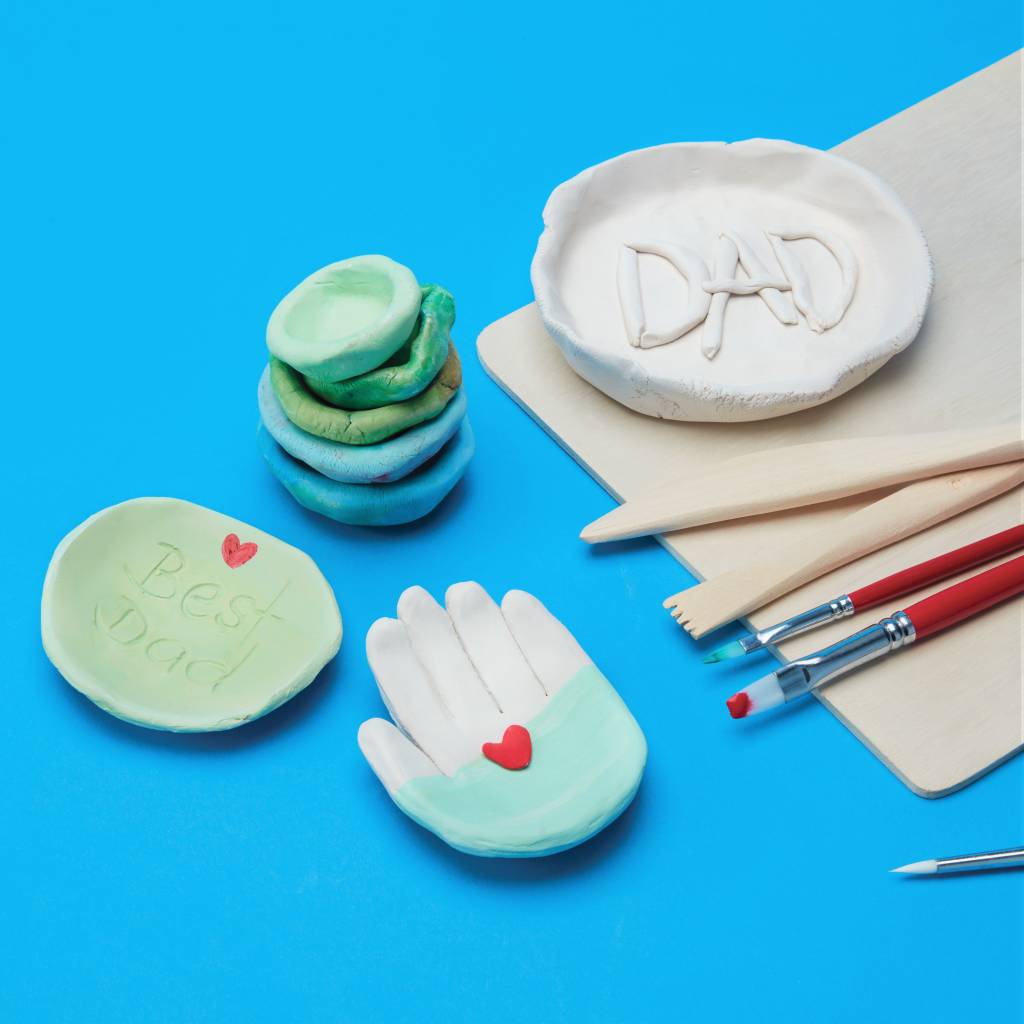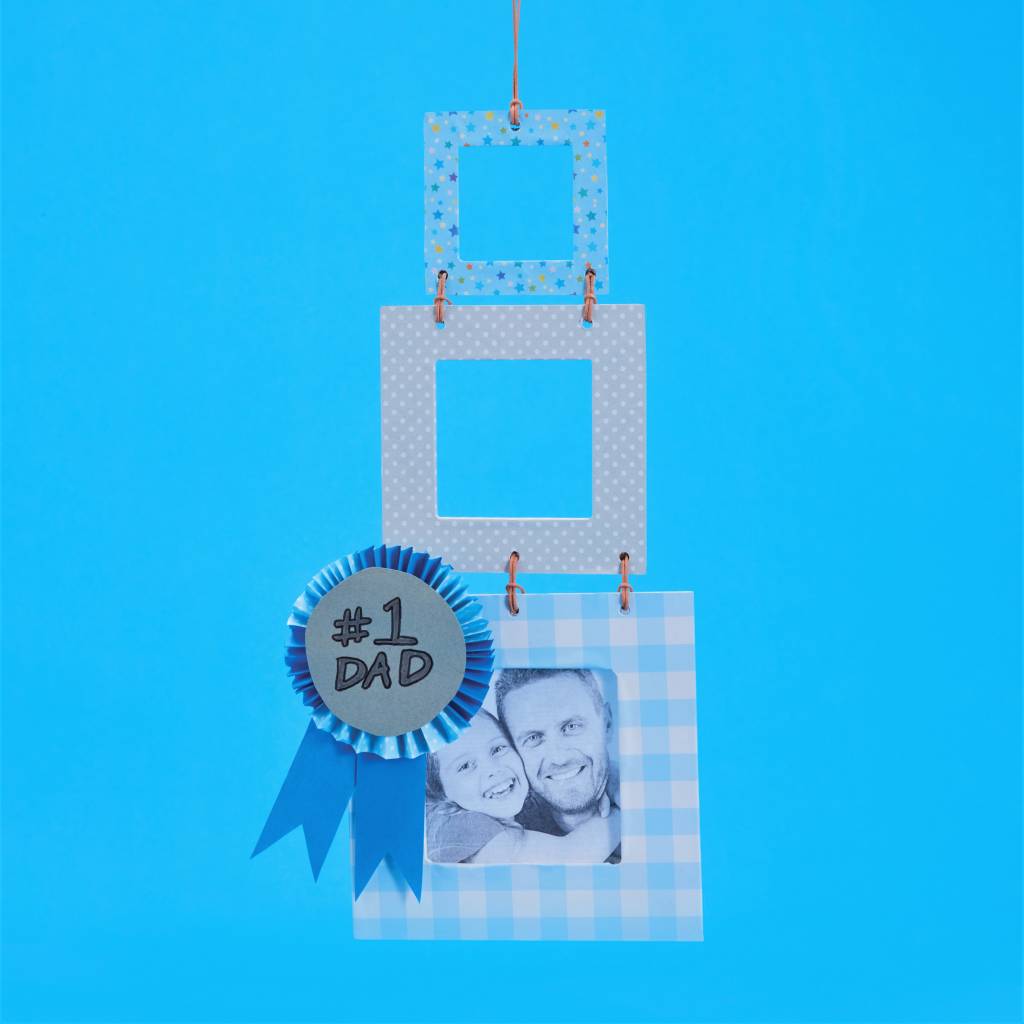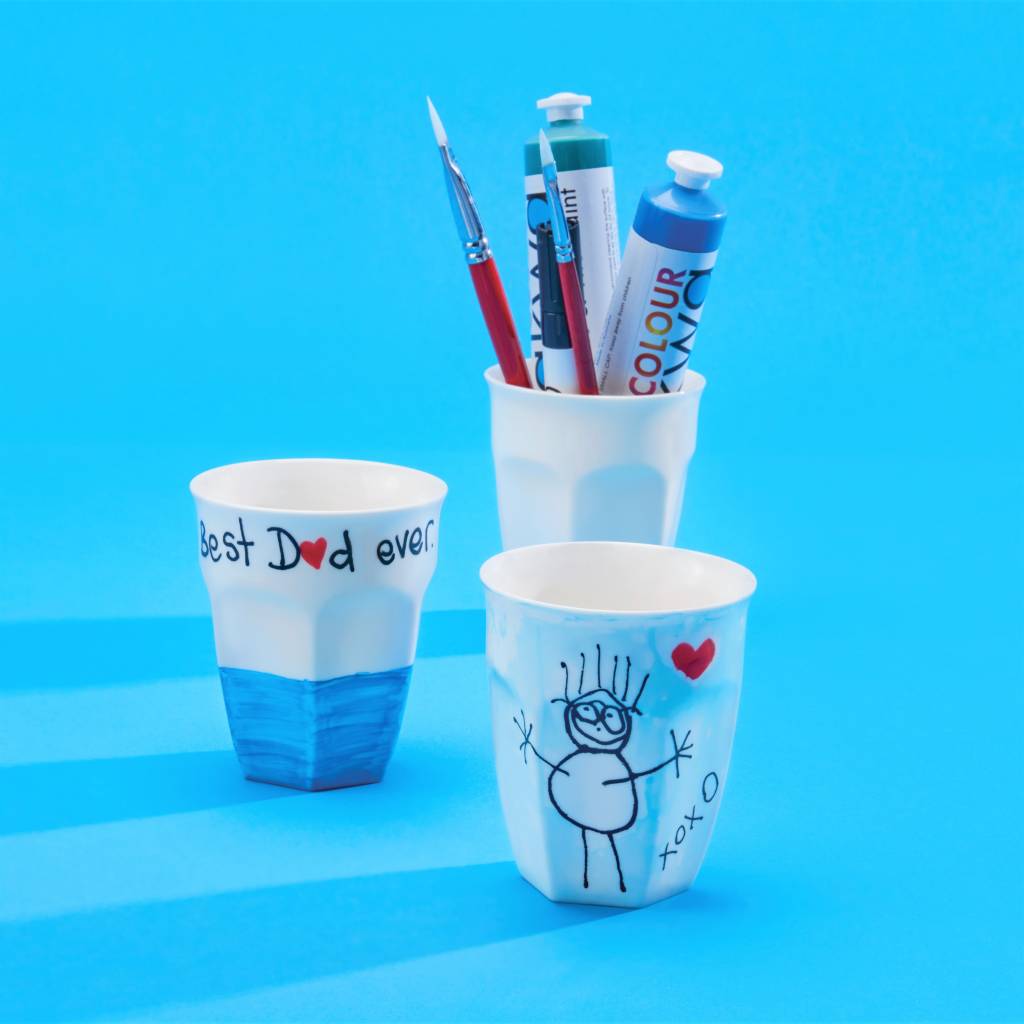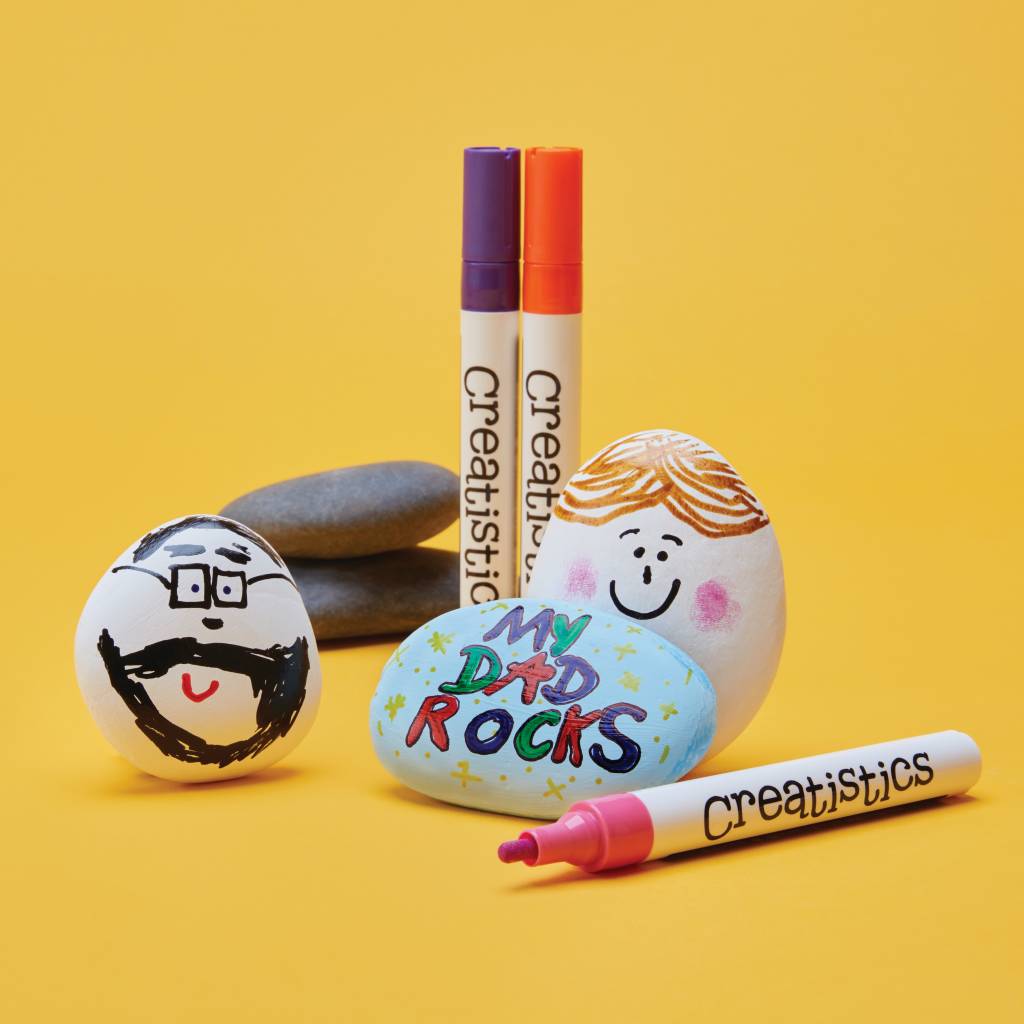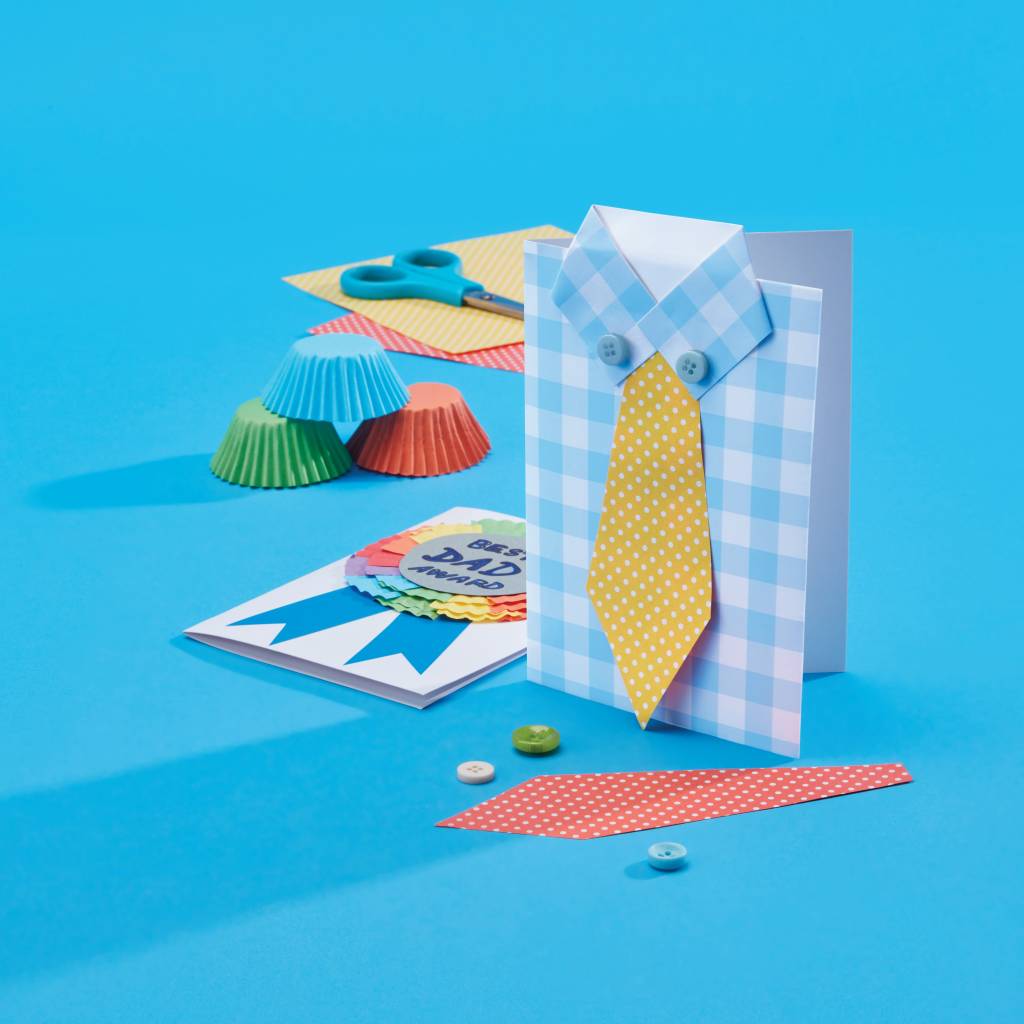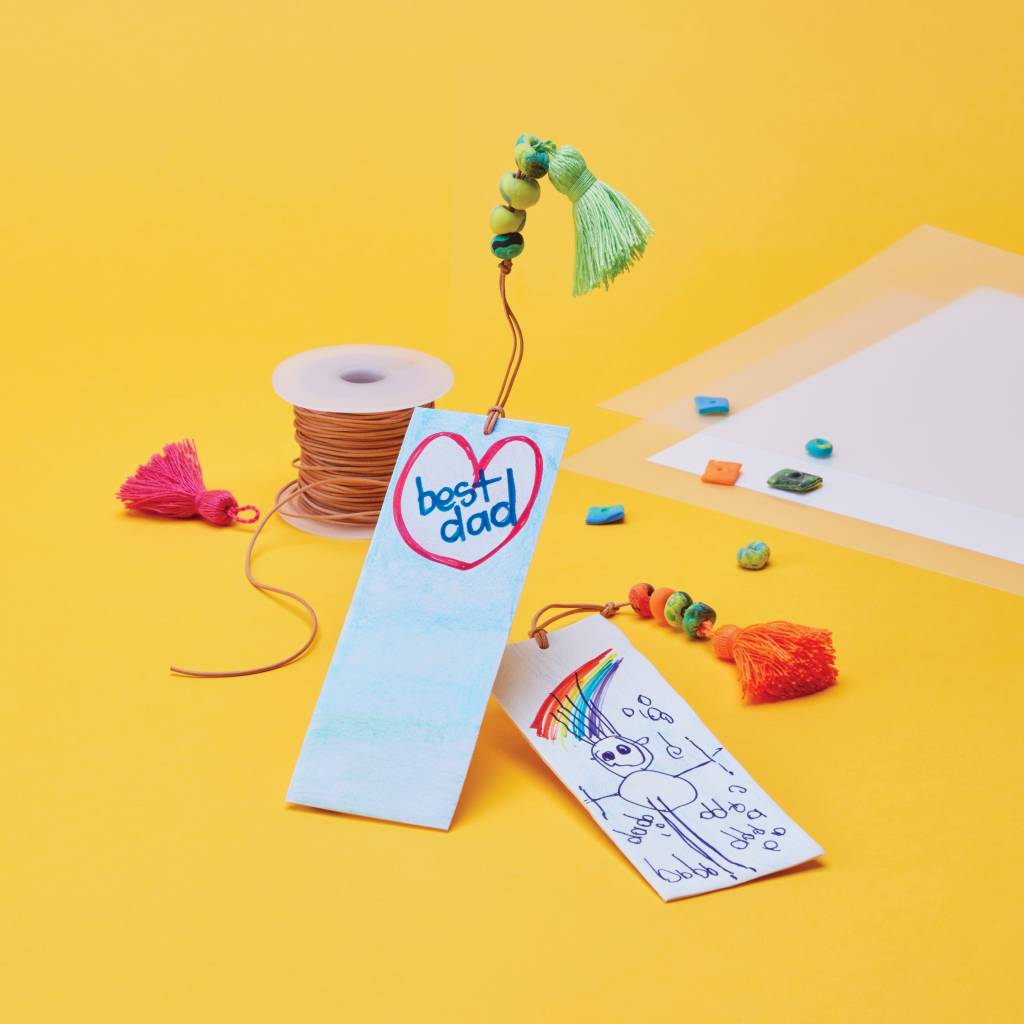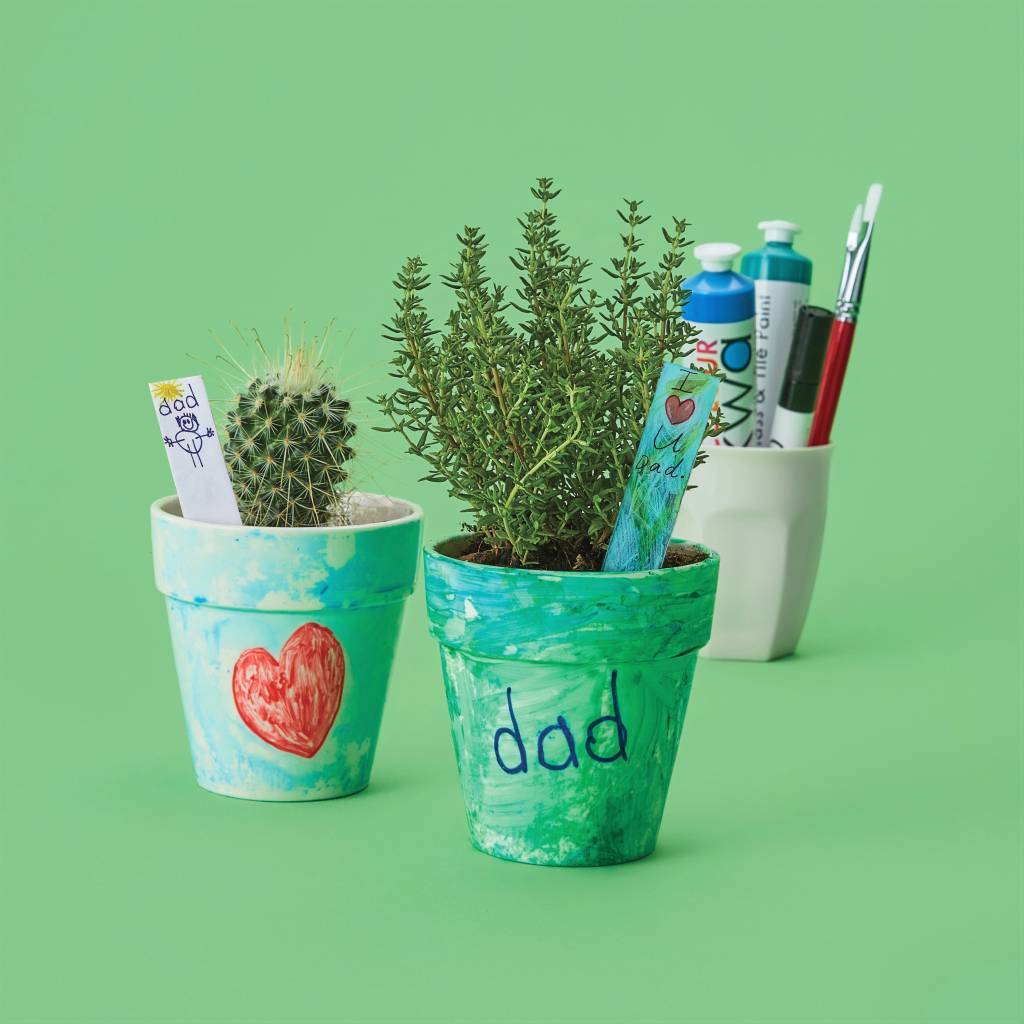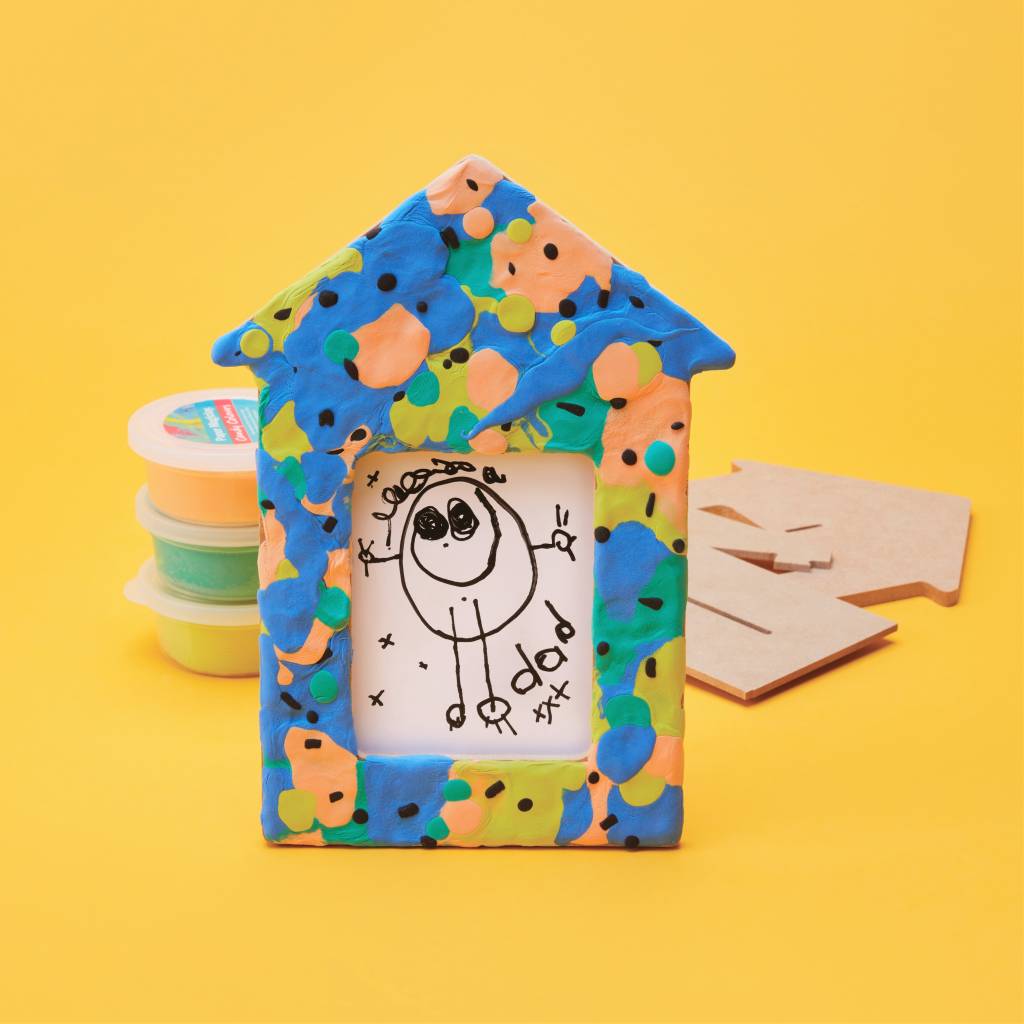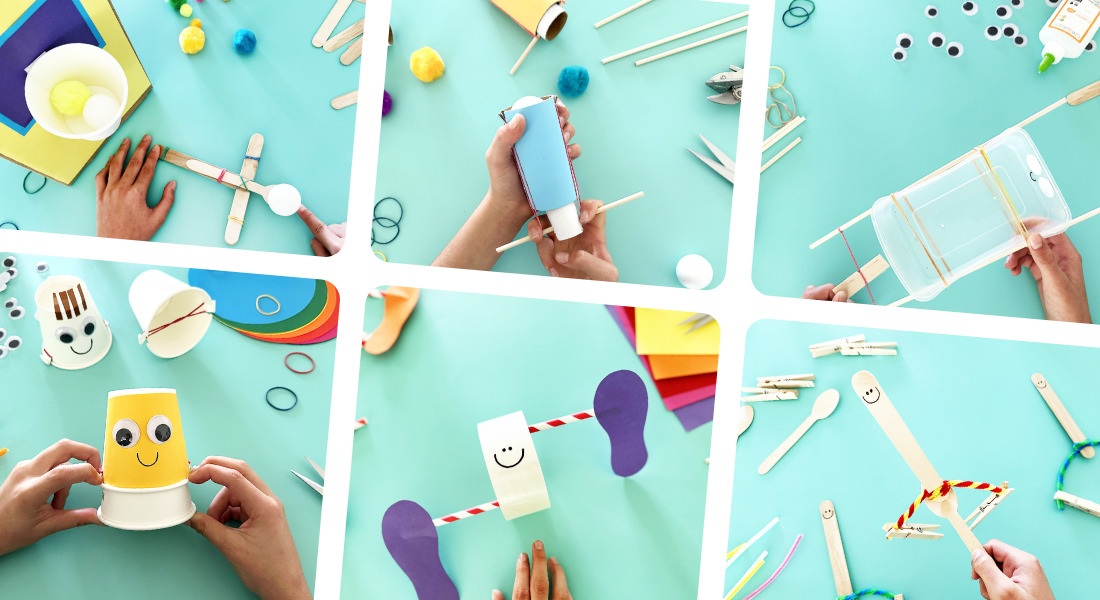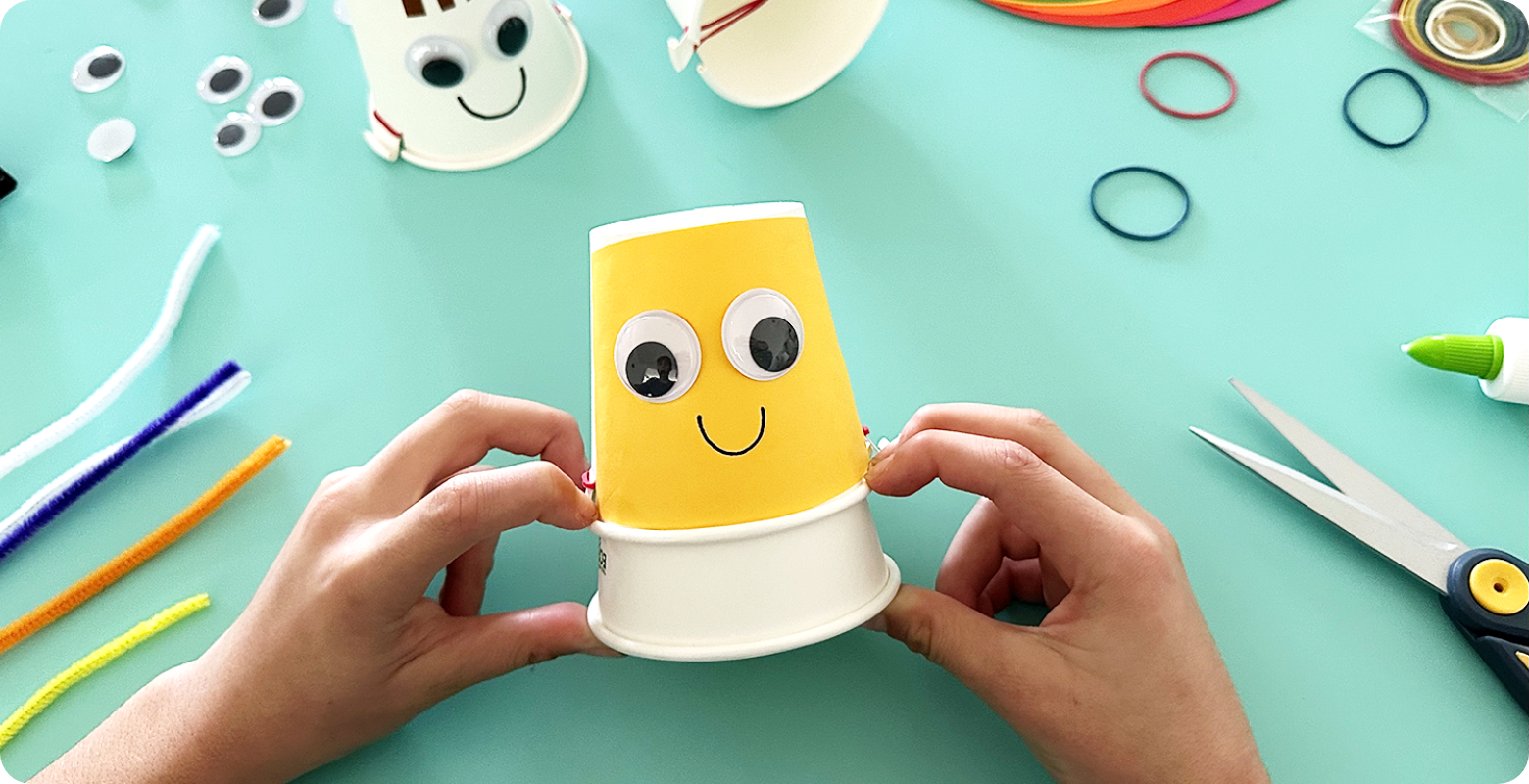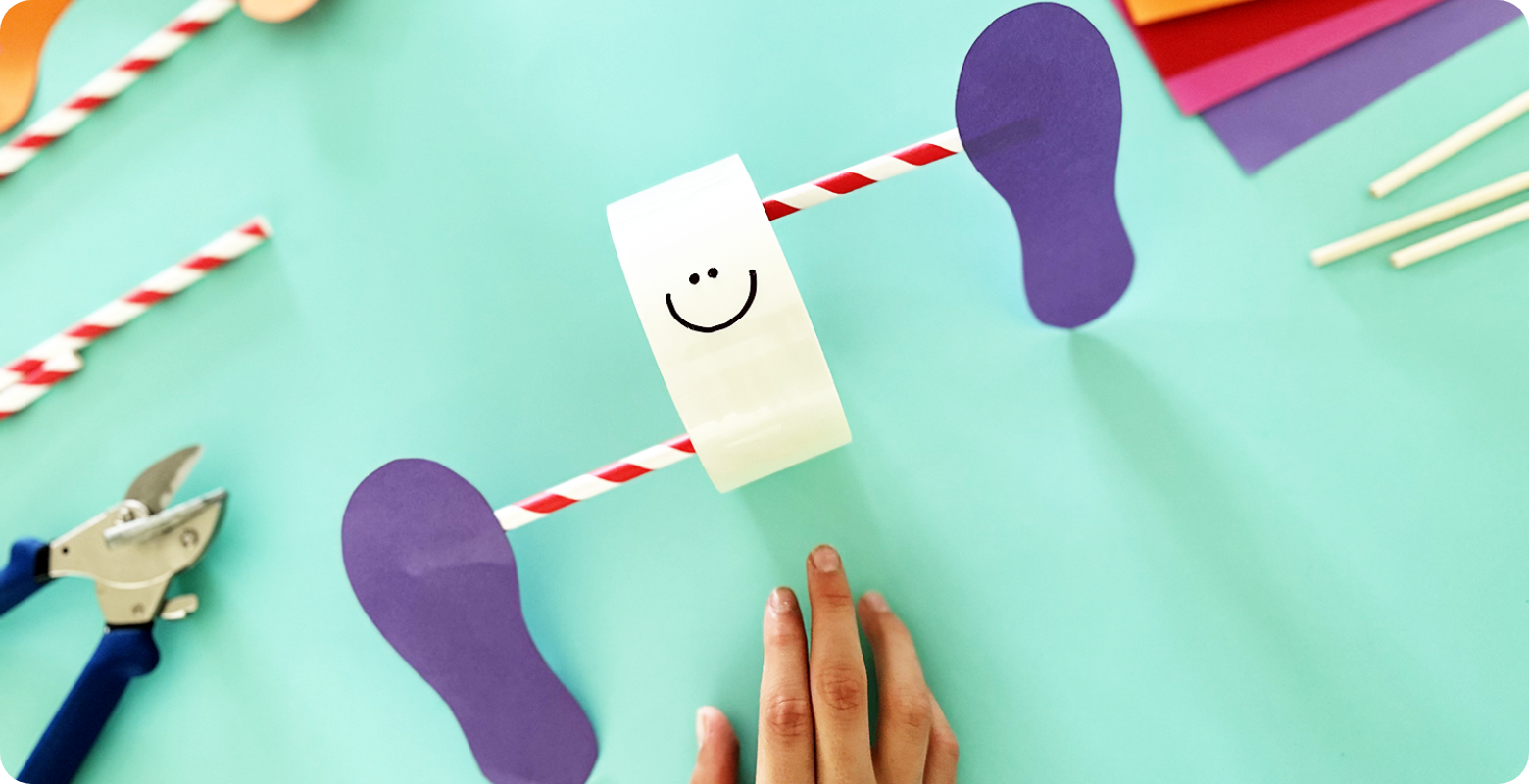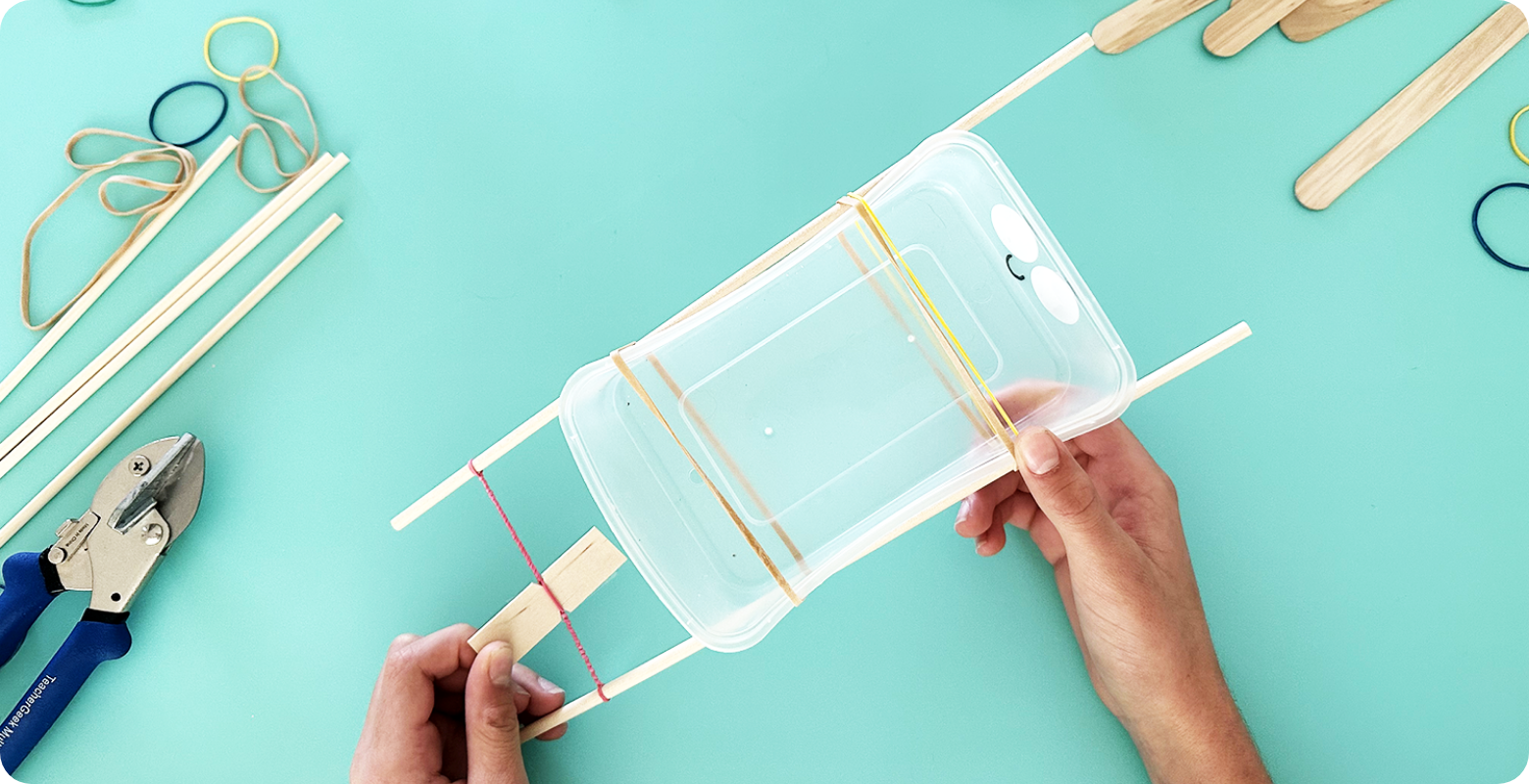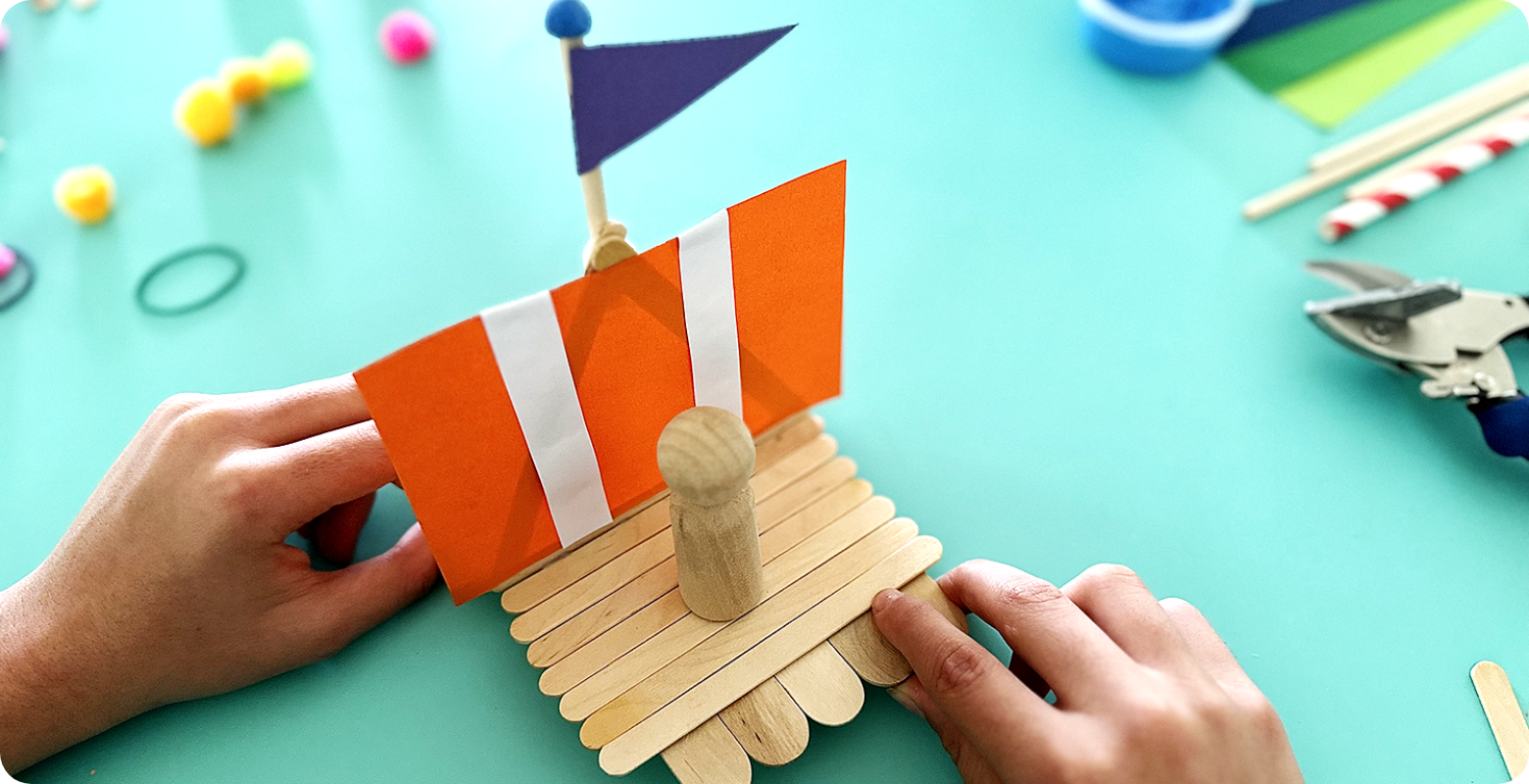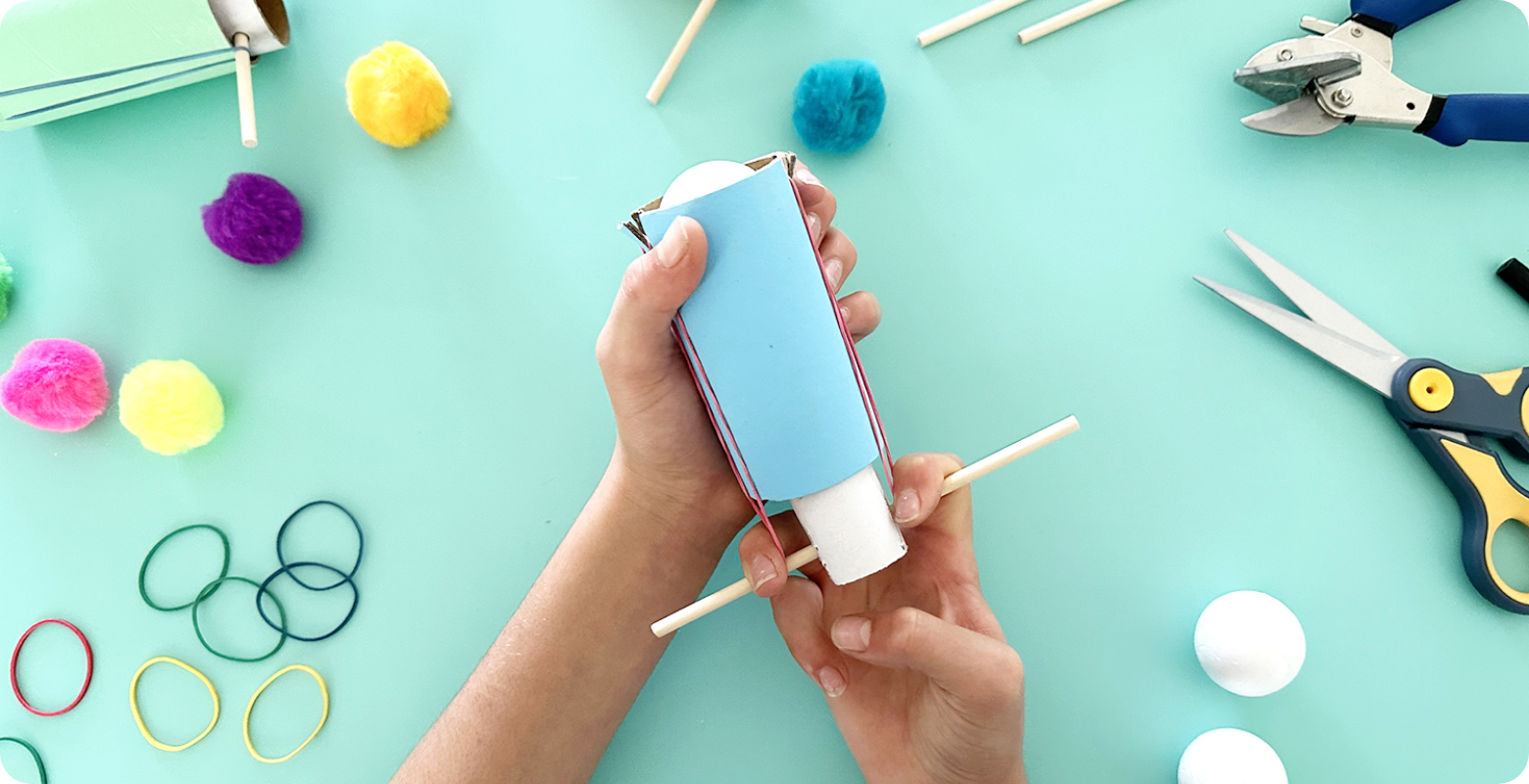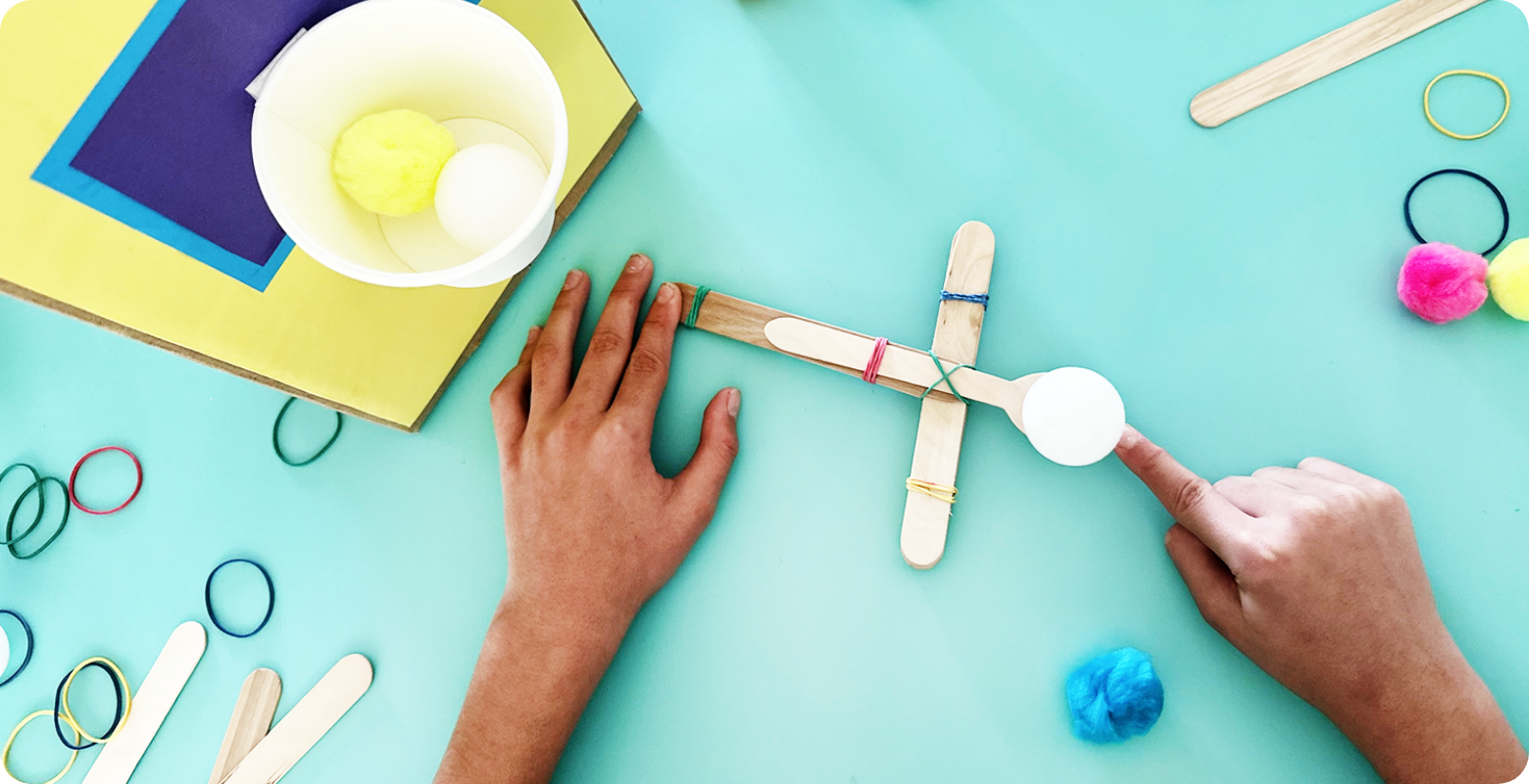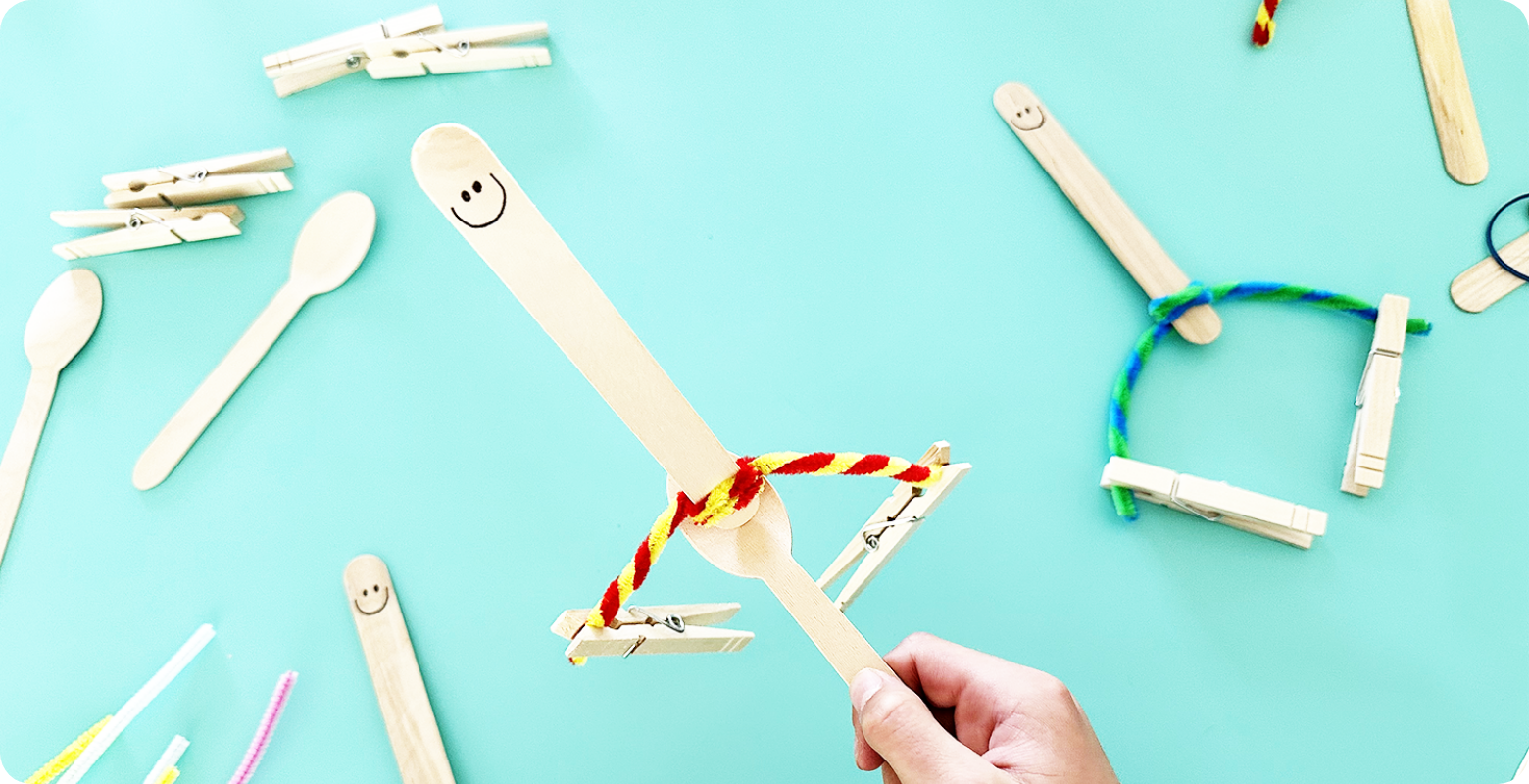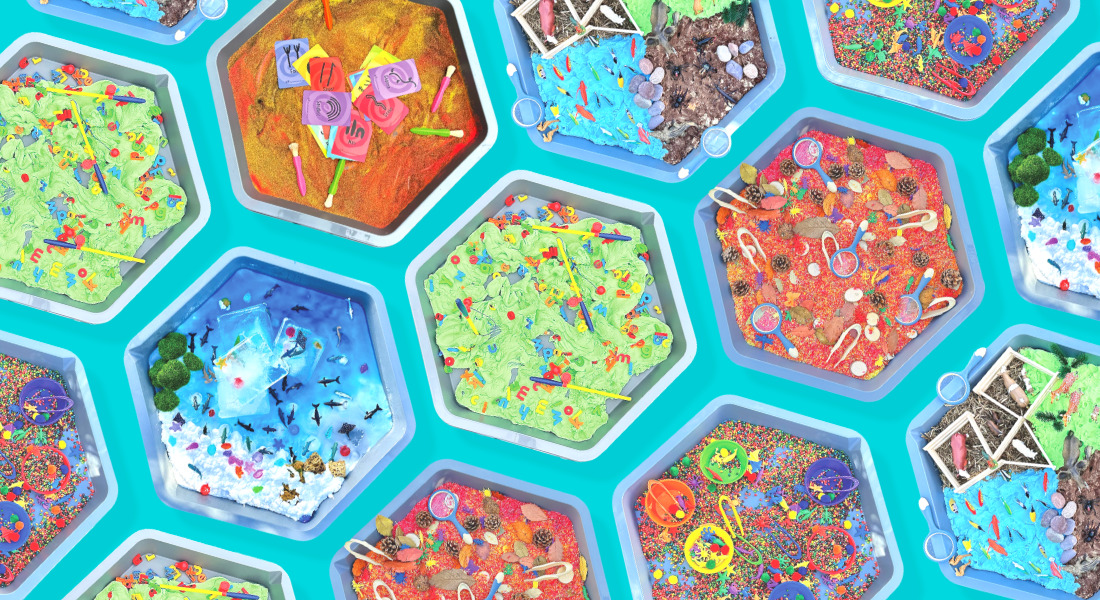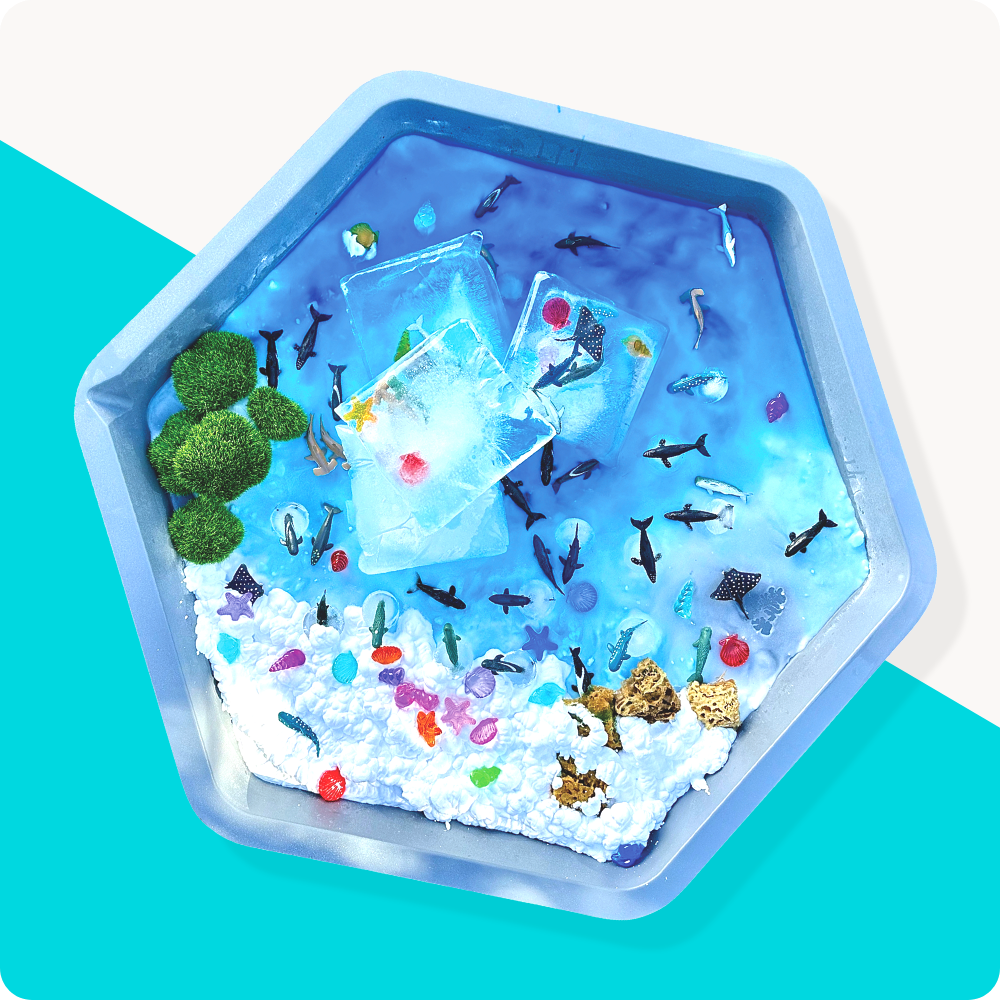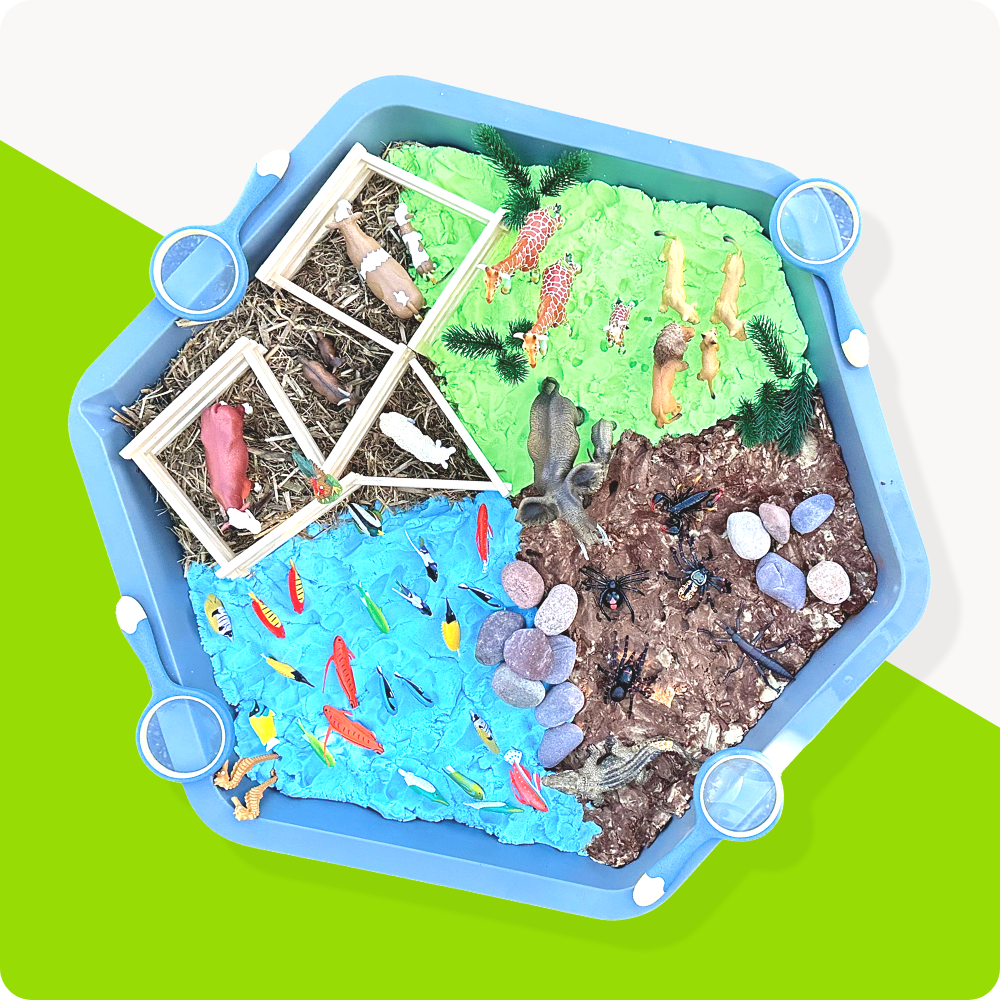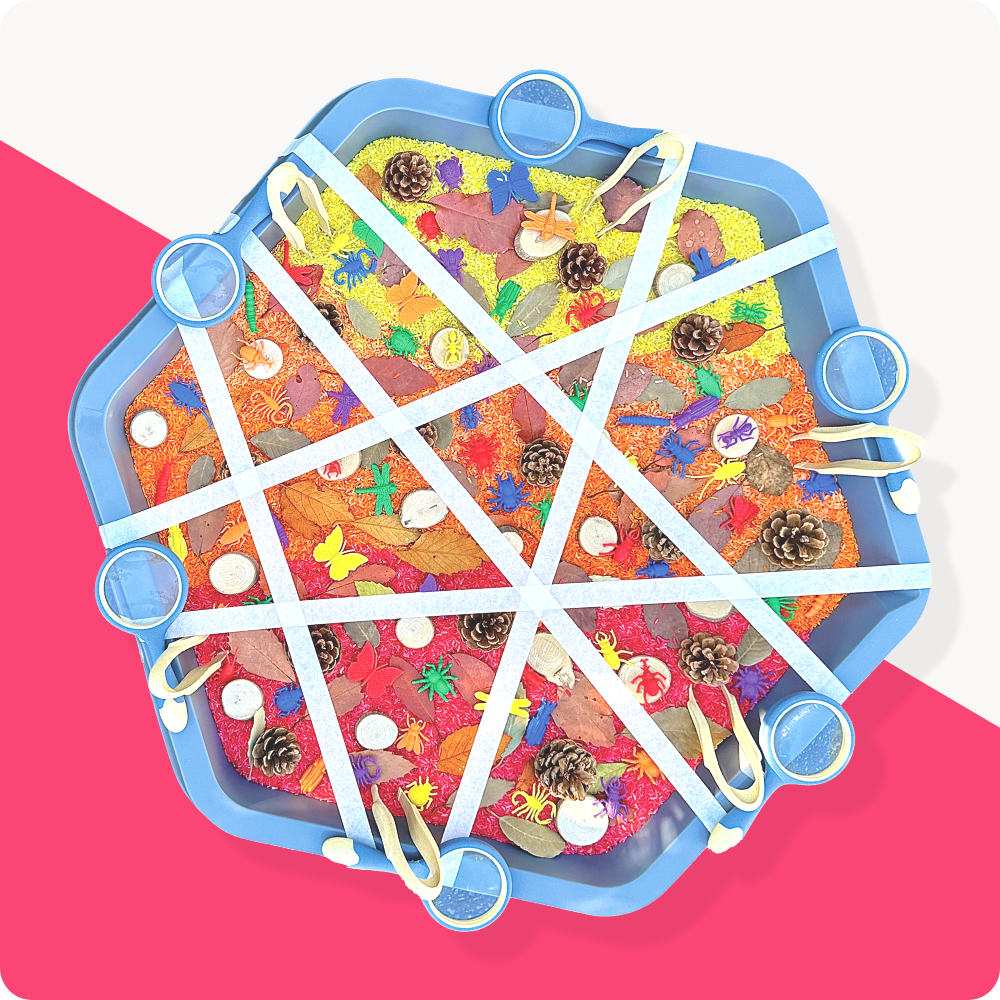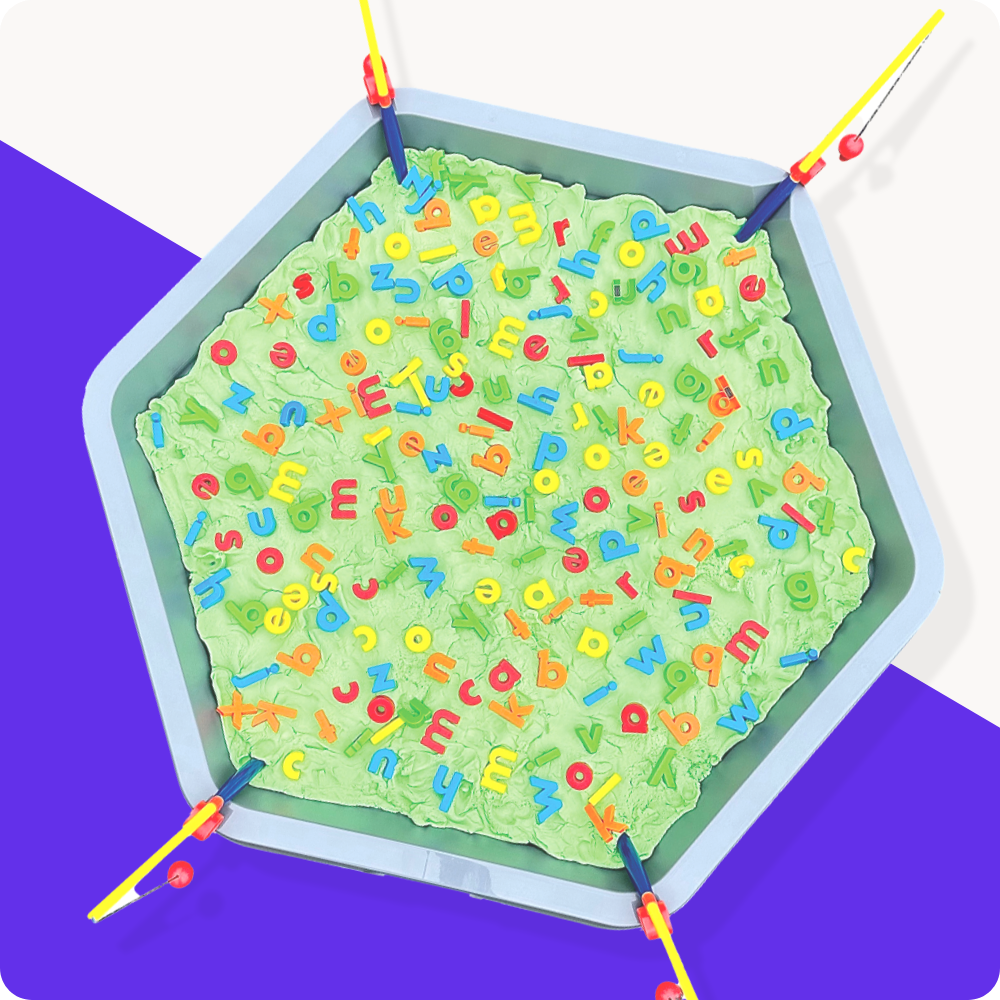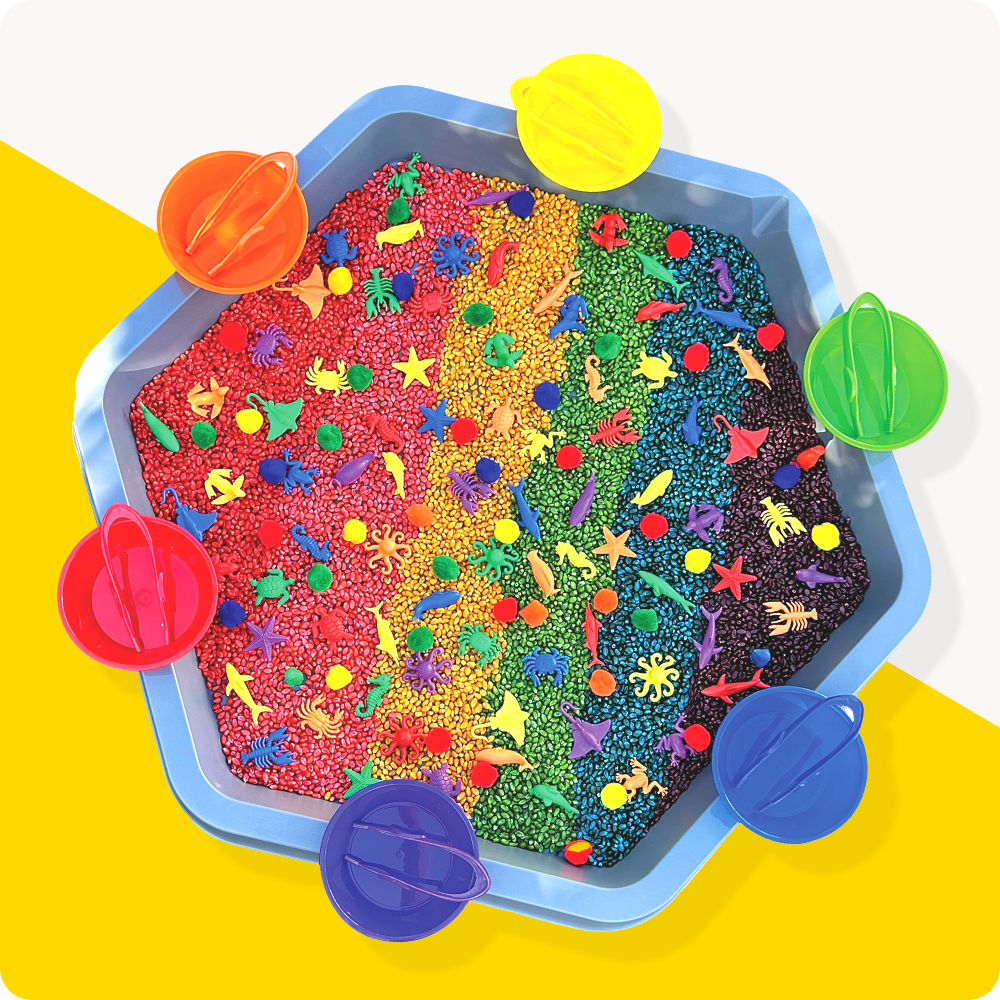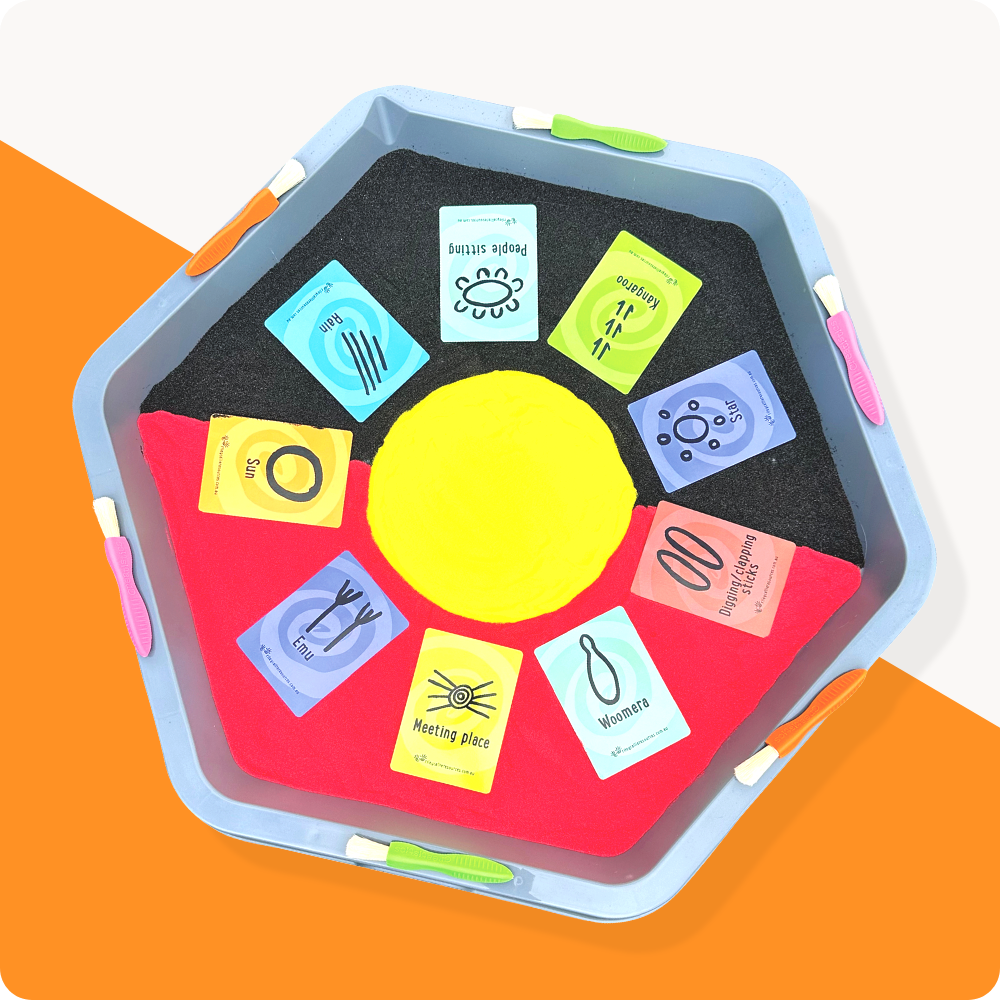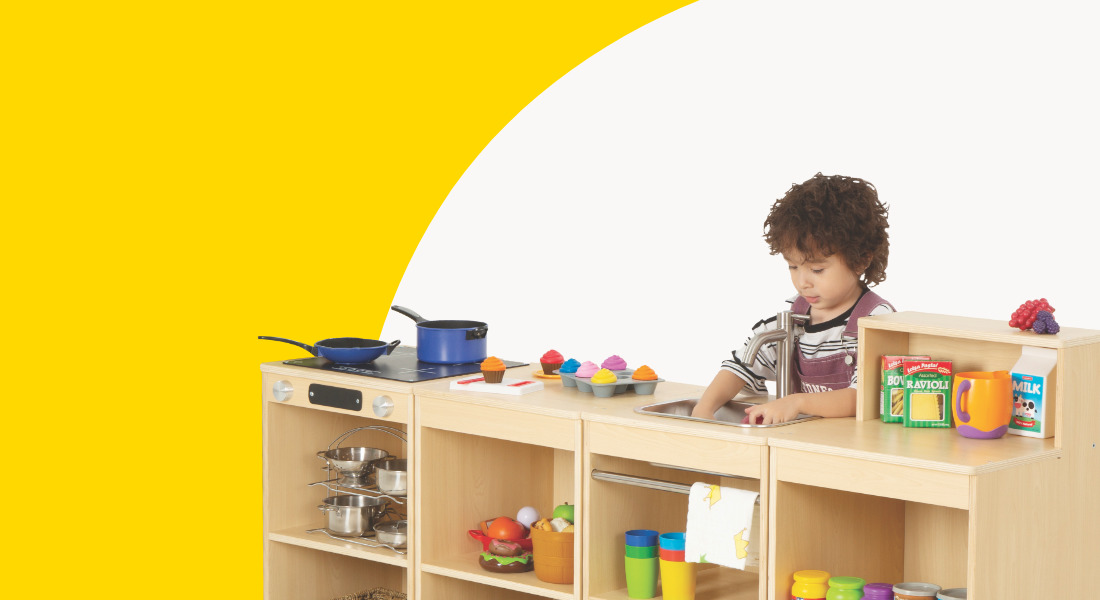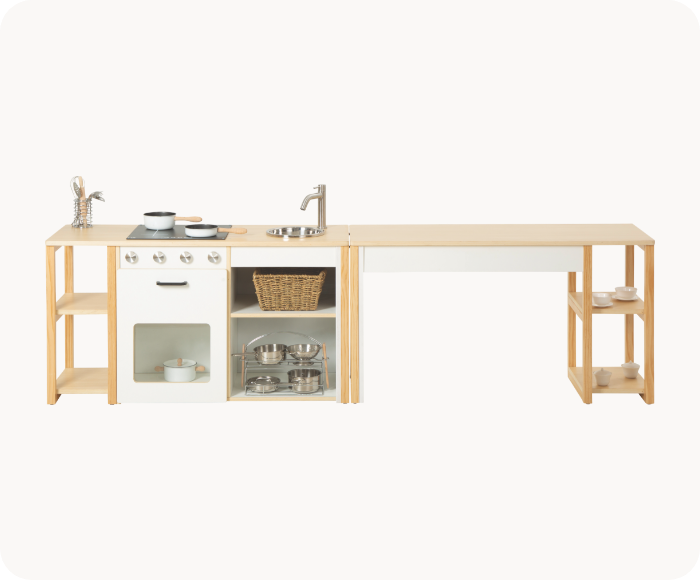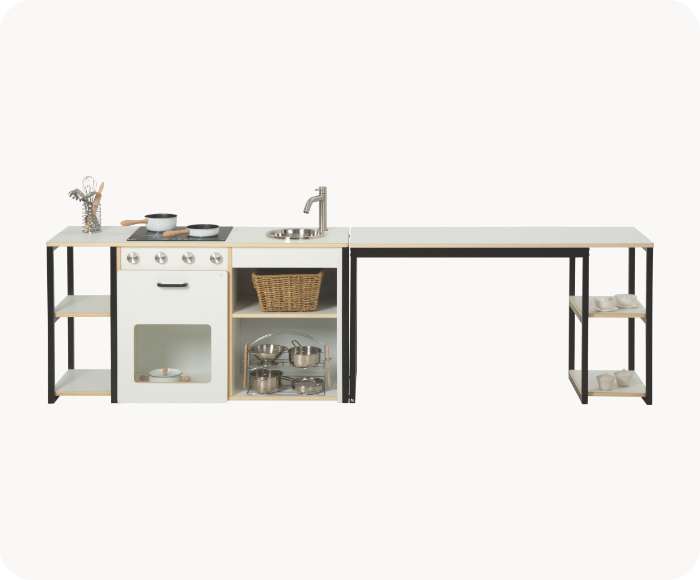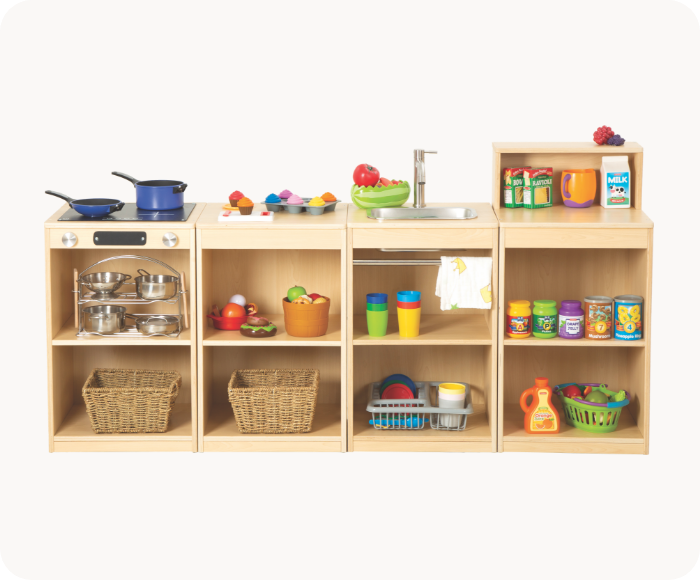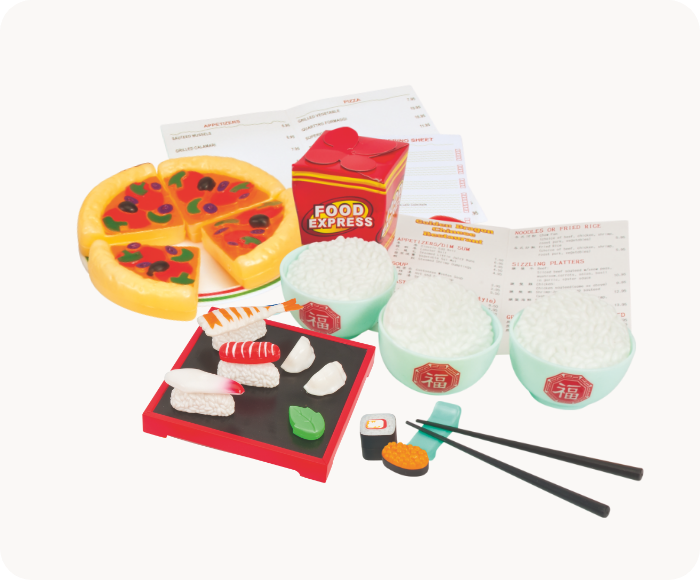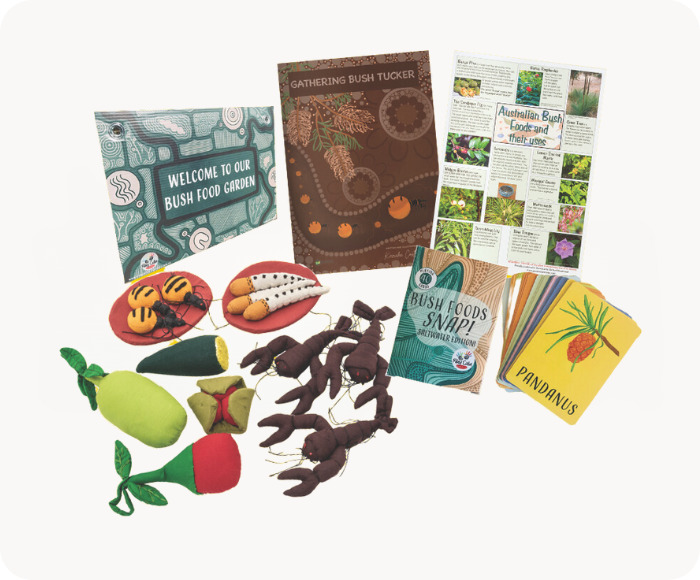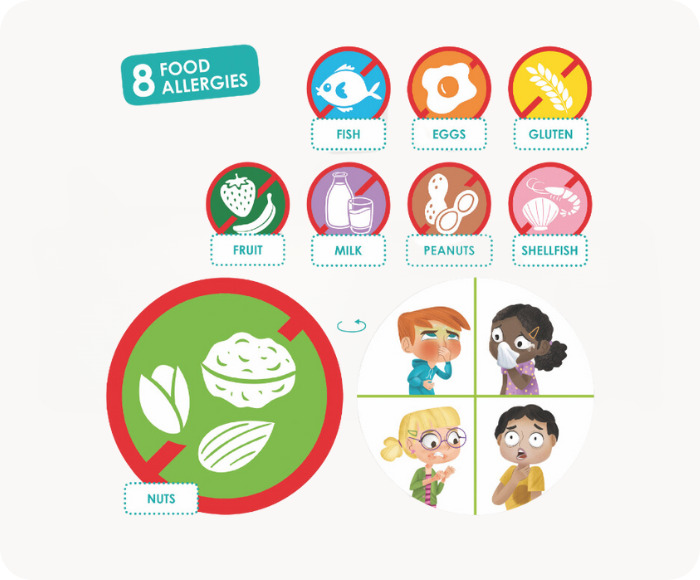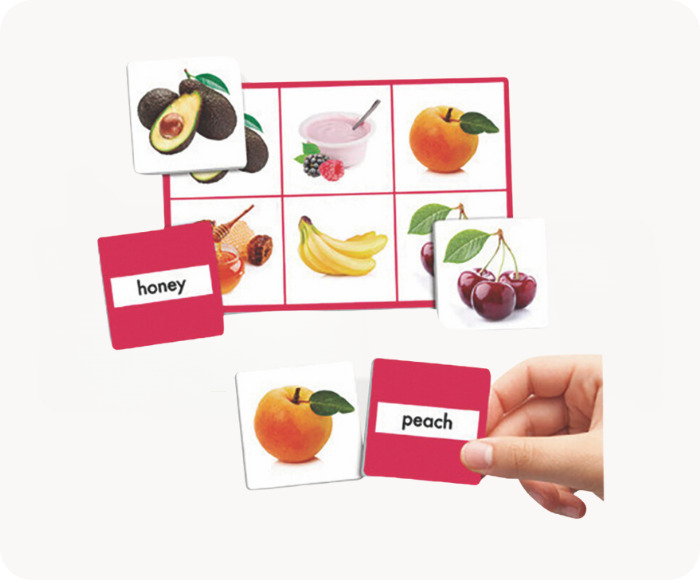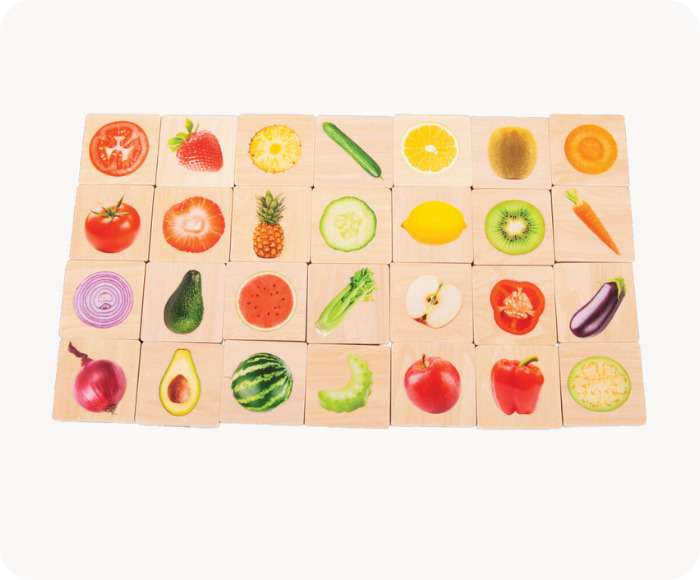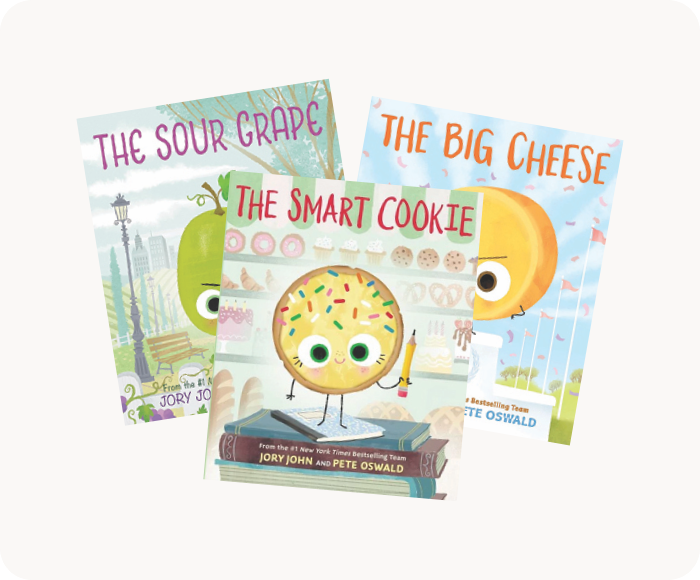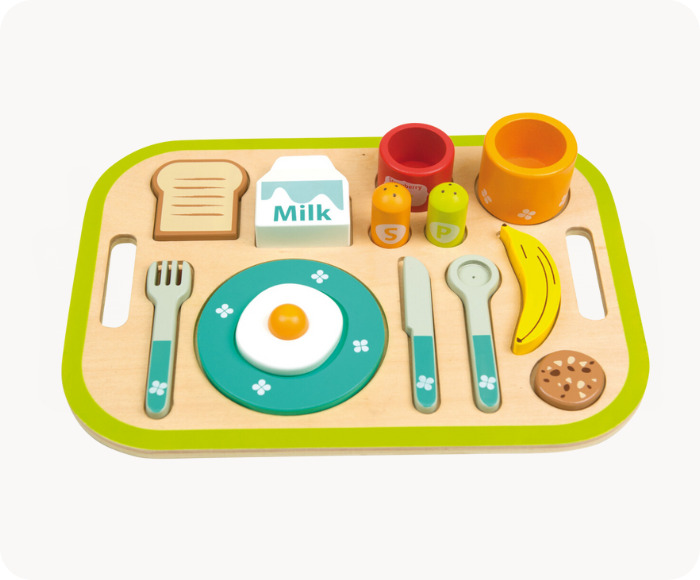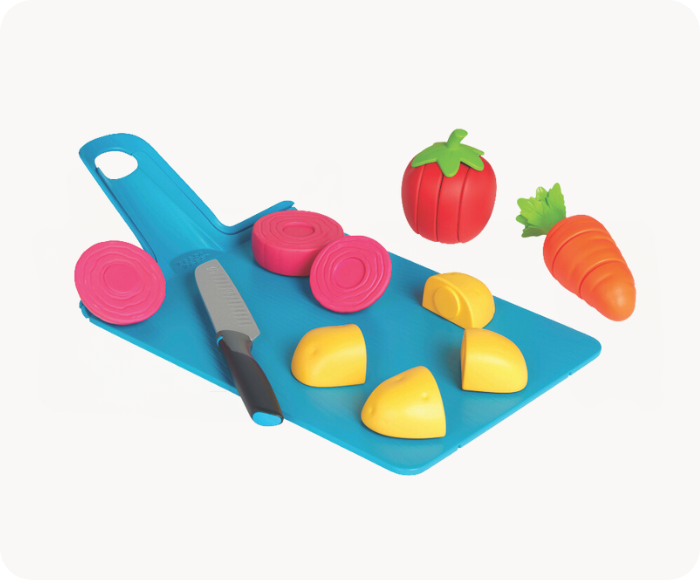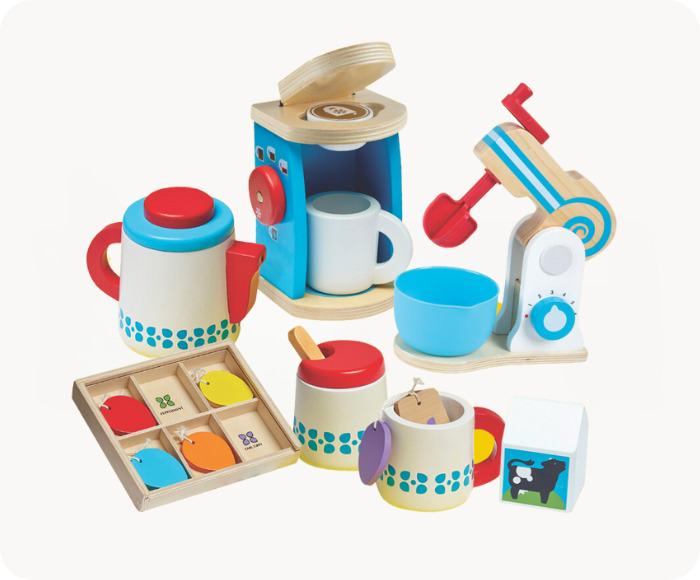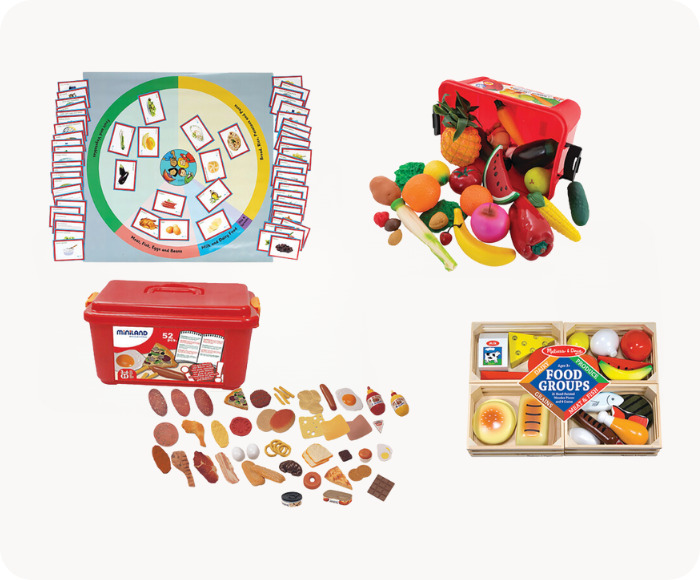Finally, the secret, genius hacks of clever classroom teachers are here! These are the lateral game-changers to classroom storage, student management and keeping resources ready and at your fingertips – and not dried up, lost, missing or mismatched!
We recently ran a competition asking teachers to share hacks that can make a difference in their day-to-day teaching. Oh my, you had so many great hacks that get you through the day as a student-whisperer (actually, whispering to students was also a great hack!).
It seems that the little ingenious ideas can have the BIGGEST impact. For busy, multitasking educators with a lot on their plate (in fact, let’s make that ‘plates’, plural, spinning in every direction!), getting a heads-up on a hack can only be a good thing.
So, let’s head into this hack haven. We hope you can apply these to level up your classroom awesomeness! We’ve added in some MTA resources that might help too. (Our favourite teacher hack is to bookmark teaching.com.au and check regularly for shiny new arrivals and what’s on sale and clearance!).
1. Hack: sort weekly resources into trolley drawers
We love this organisational hack! The idea is to use a 10- or 12-drawer trolley to prep and separate all your resources for the week (or term!) ahead. Each day’s resources go into a different drawer, so come Monday, everything is all sorted for the week and ready to go! This could be the trolley that gets your work week organised!
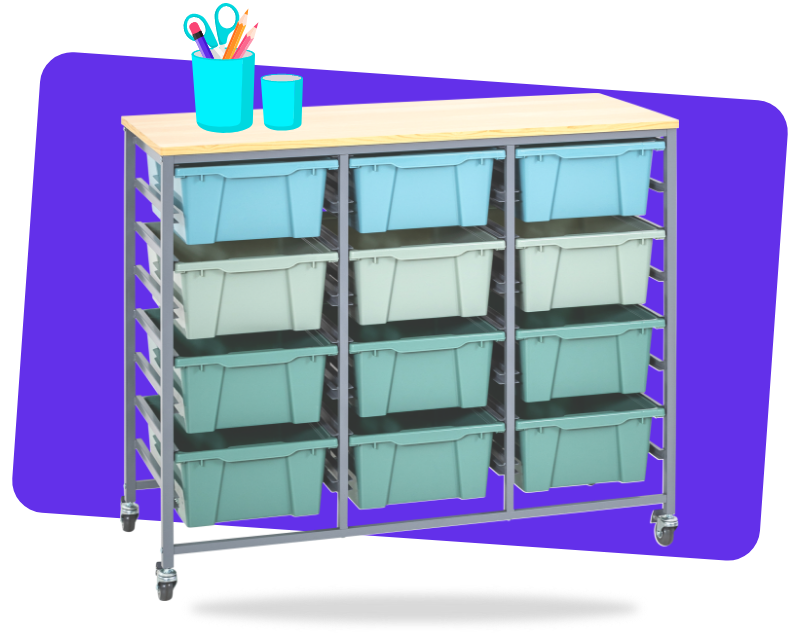
2. Hack: store paint in old soap dispensers
Painting can be a messy activity. This hack takes away some of the mess and leaves room for the arty, creative fun. It’s all about storing paint in old soap dispensers. Students can then pump paint which does not make a mess. MTA has these easy pump foam paint bottles that could make this hack happen in style!
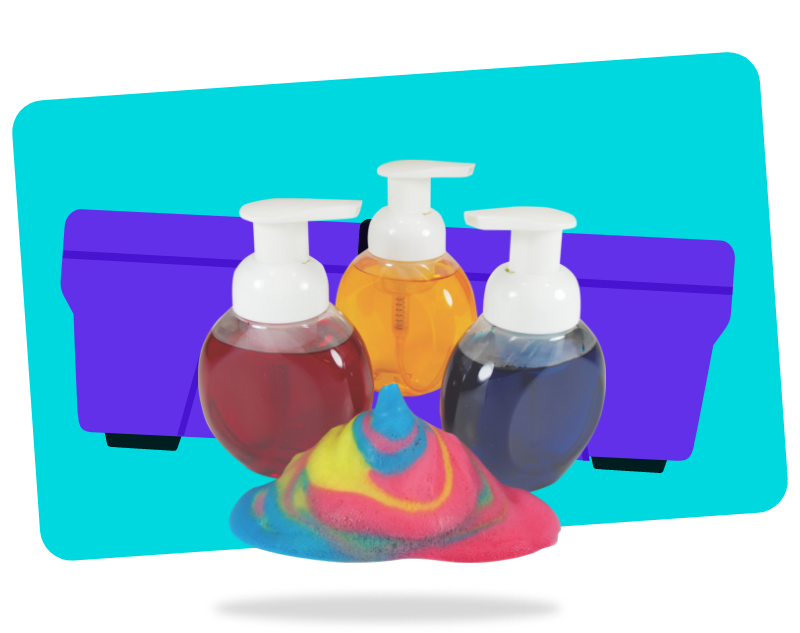
3. Hack: shoe holders as door storage
A few of you offered up this clever hack to use shoe holders that hang from the back of a door to hold water bottles and other classroom equipment. Other uses for ‘shoe holder’ storage included glue, scissors, markers or extra stationery. The individual pockets can be labelled with names too. These awesome storage pockets make this dream a reality.
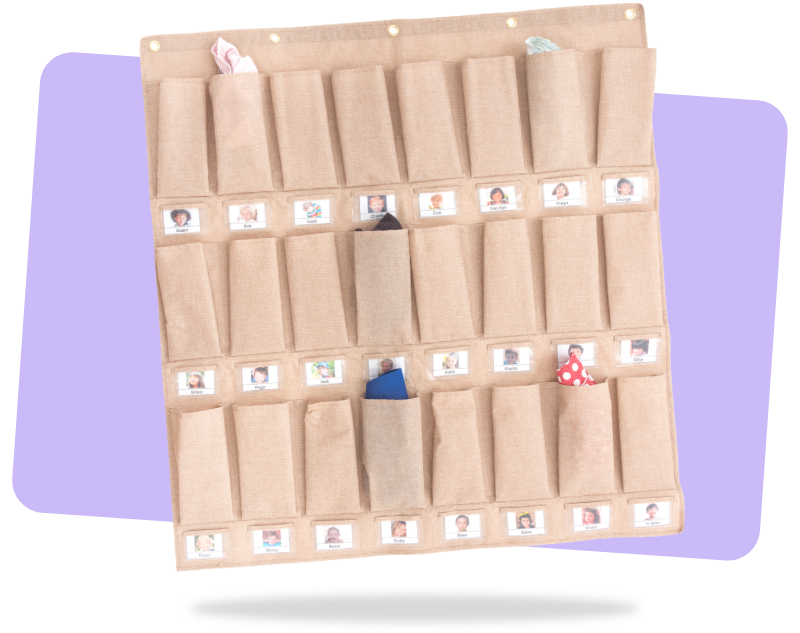
4. Hack: colour code everything!
This wonderful hack is a great practice to apply at any stage of teaching! Assign different colours to different subjects, tasks or groups to make organisation visually appealing and easier to manage and find what you want at a glance. You could use colour coding for individual students, groups or themes… however you want to apply the ideas. Added bonus: your classroom will be colourful and bright! Get started with this awesome Book Tub Desk Caddy.
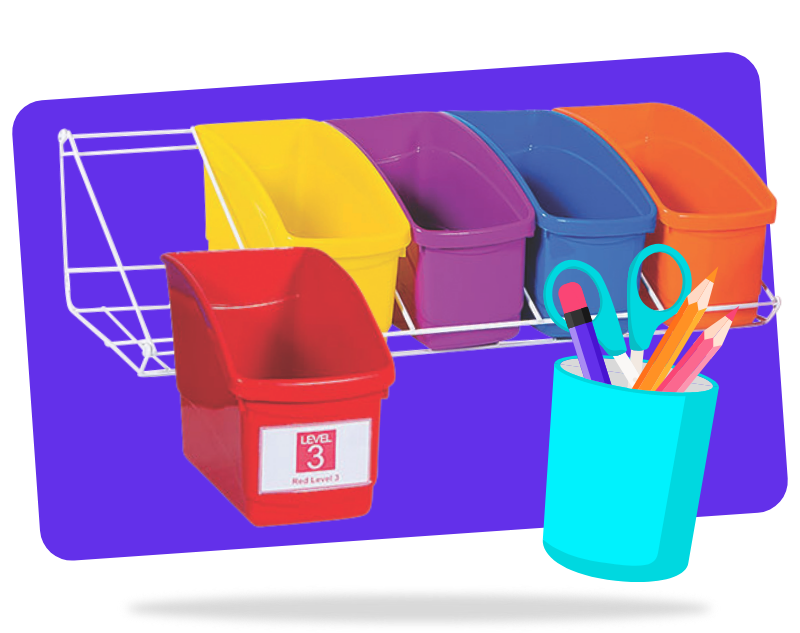
5. Hack: photo labels for non-readers
Photograph your resources and place photos as the labels on storage tubs or drawers where resources are stored. This not only helps young students put things away independently, it uses images and words so even your young non-readers can find things, replace things and build confidence!
6. Hack: whiteboard sock storage/eraser
This hack does double duty! Keep your same-colour whiteboard markers each in a series of little black socks in a basket. So then, you’ll waste no time looking for markers, or for a whiteboard eraser as your sock is on hand to do the erasing work! While you’re looking for a few old black socks to get started, why not grab some new hard working, long-lasting markers?
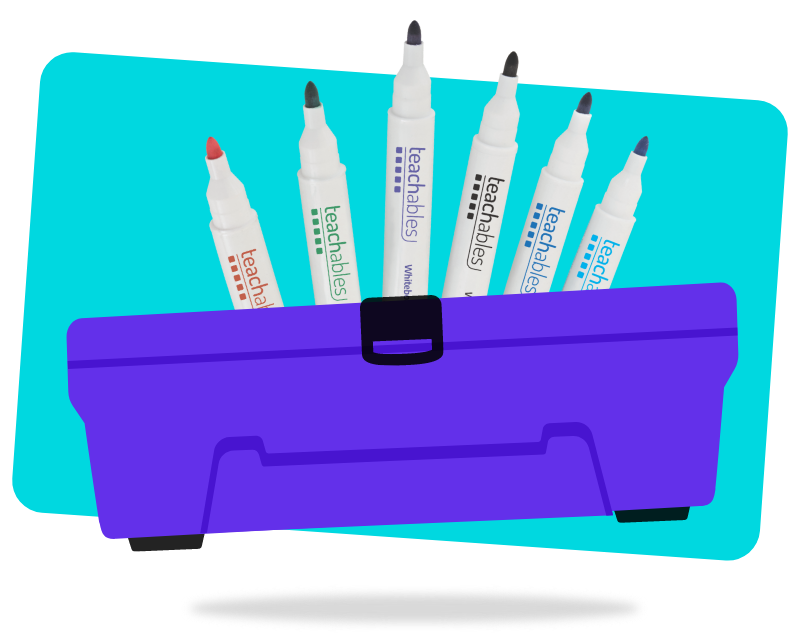
7. Hack: use Velcro dots on whiteboard markers and whiteboard
No more lost markers! This hack is brilliant. Attach Velcro dots or strips to your whiteboard markers and to your whiteboard frame. Keep them together and you know exactly where they are at all times! Boom!
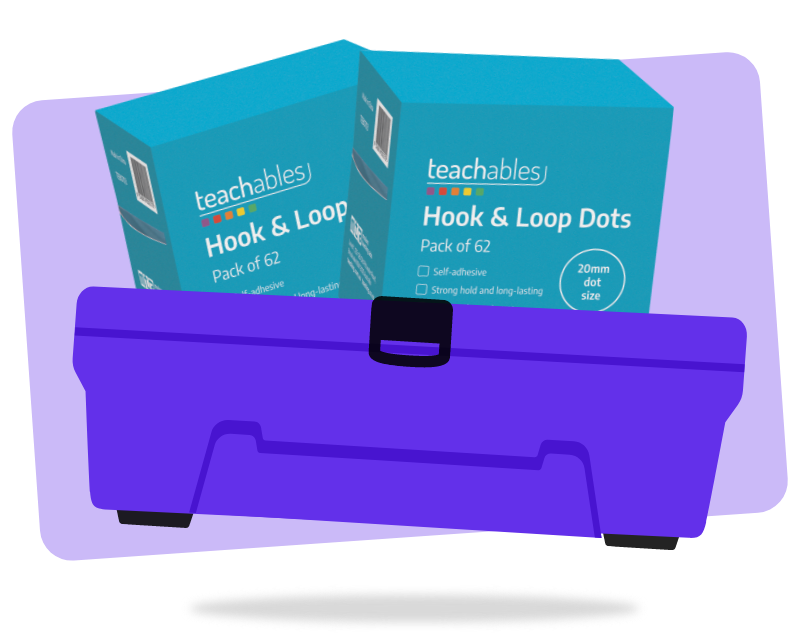
8. Hack: keep old lids
Genius level hack activated: keep all the lids of used or finished glue sticks and markers. That way, when future lids and marker tops inevitably go missing, you always have a spare to use!
9. Hack: give your resources a human name
Where’s Bob? This hack is about creating a stronger caring bond between students and resources – and also is a playful, imaginative exercise that builds memory and creative skills. You and the students create ‘human’ names for your classroom resources. Perhaps their glue stick’s name is Sam, and their scissors are Bob. So if and when they go missing, students actually care and hunt them down! They may not care if a lid goes missing normally but they might care if Bob loses his ‘hat’ or ‘head’! Bye bye dried out glue sticks!
Oh hi Bob!
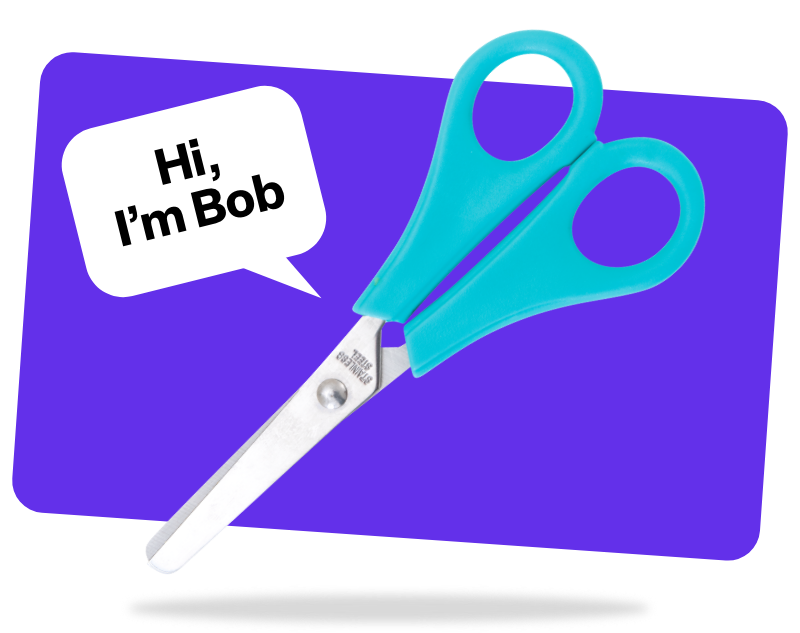
10. Hack: mini printed magnets of book covers on whiteboard
This is such a cool hack for student management. Create mini printed magnets of your book covers to stick on your whiteboard, so students instantly know which book they need ready that day or week.
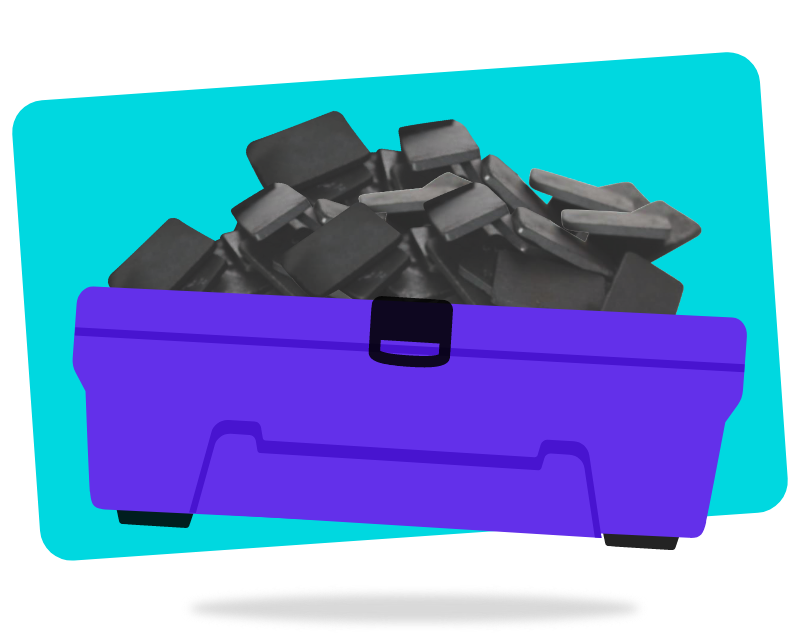
11. Hack: glue down small items in laminating sheets
Glue down small items in laminating sheets so they don’t move. Yes, just a dot of glue to stop elements from slip-sliding before laminating. This is simple, but life-changing!
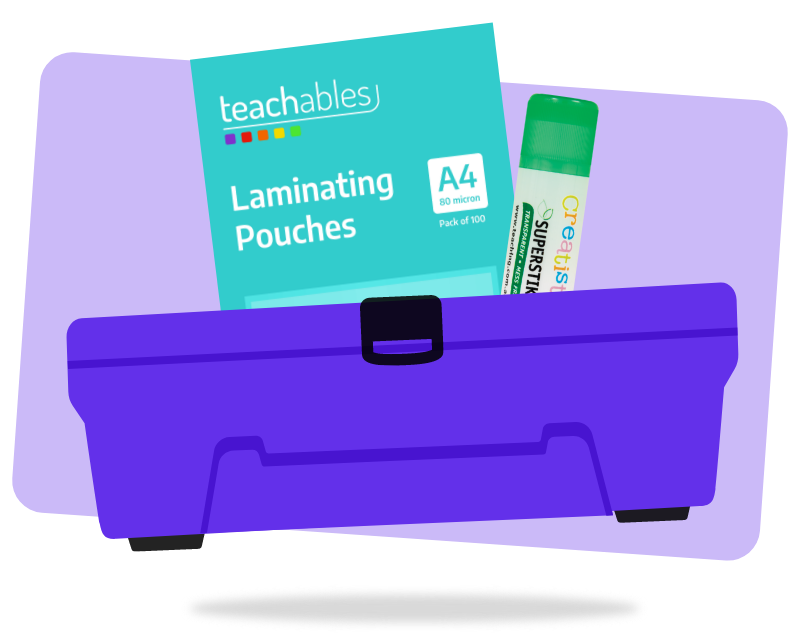
12. Hack: a lint roller for speedy clean-up magic
Glitter explosion? Spilled the sensory bin again?! Fear not! This hack is about giving you a secret weapon… a lint roller! Using a simple lint roller gives you sticky, speedy clean-up magic!
13. Hack: add PVA glue to a sponge for sticky fun
This is some sticky hack genius! Keep a sponge in a container with a seal tight lid. Add MTA PVA Glue and you have a quick, mess free way for students to glue. Smear the PVA glue (with a dash of water first) to the washing up sponge in your sealed container. It saves loads of prep time for sticky fun!
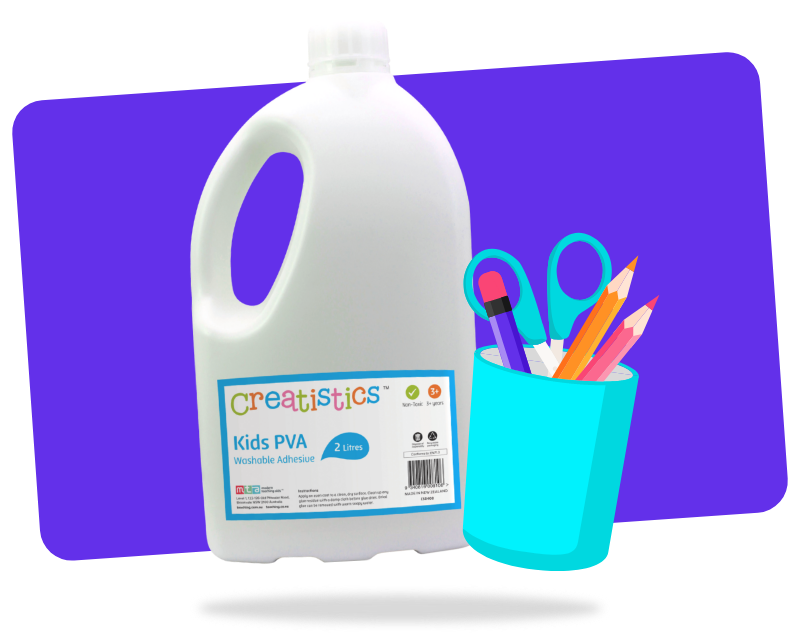
14. Hack: dirtiest cloth competition to encourage cleaning
We love this teacher hack! When your classroom is getting a bit grotty and in need of a clean or a dust, hold a ‘dirtiest’ cloth competition to see who can make their wet cloth the dirtiest when cleaning the room! Students love trying to find the most dust they can! Grab a white Microfibre Cloth set to get started.
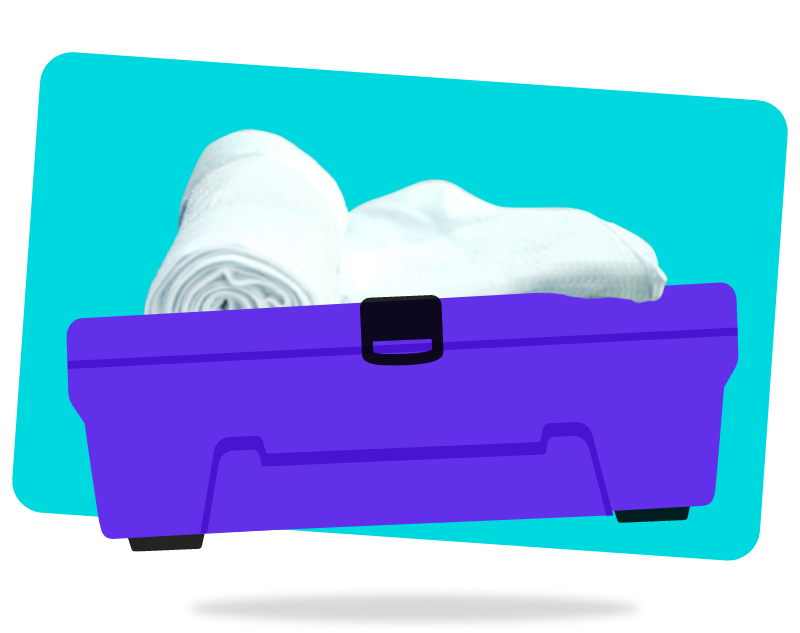
15. Hack: ‘credit card’ system to ‘buy’ materials for STEM tasks
Give your students a ‘credit card’ to ‘buy’ materials’! When you do STEM activities, this is a great hack so students can focus on how many materials they are using. It creates a consumption mindfulness and awareness which is great to encourage! Create a ‘credit’ system, which may just be an A5 page with 20-25 boxes for each student. They need to use their credit sheet to ‘purchase’ equipment. For example, 10 pop sticks may be one box (which gets a tick or a stamp).
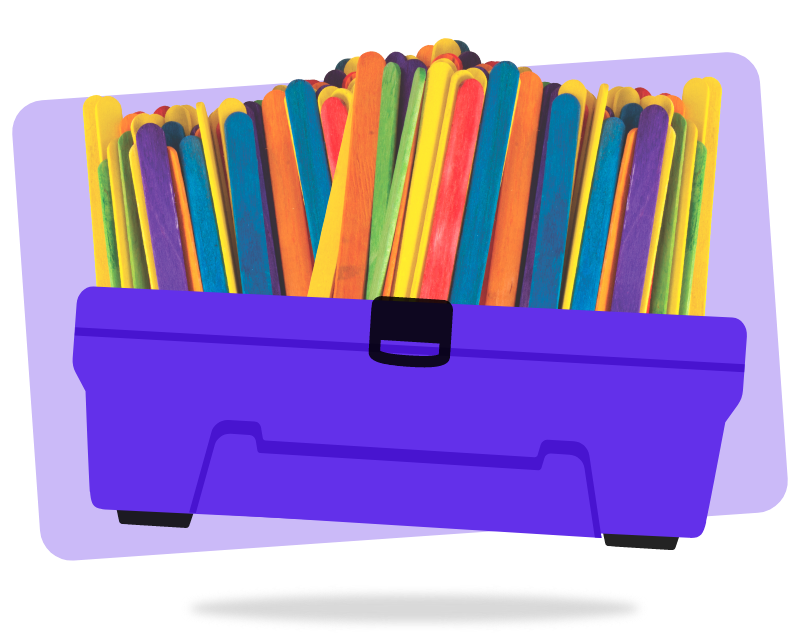
16. Hack: throw a ball to ‘catch’ an answer
This is a great group discussion hack to encourage engagement! When asking students questions on the mat or discussing a topic, add in a cute lightweight ball and throw it to a student to prompt an answer. Watch participation go up massively! A bonus with this hack is you are working on their catching and throwing and gross motor skills too!
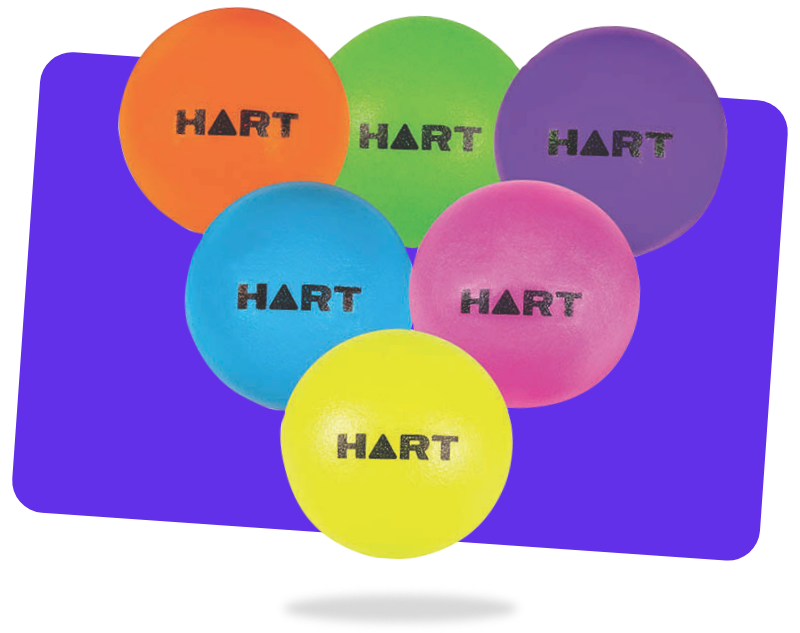
17. Hack: hold something as ‘collateral’ when students borrow equipment
Lenders often require collateral to reduce their risk, right? And so it is with teachers lending students precious equipment! Ask for collateral – something of value to the student – so you know that equipment or resources on loan will find their way back to you! (It’s also a great opportunity to teach students about borrowing, loan security and responsibility!). Some teachers mentioned holding a shoe as collateral! But you may want to consider other creative or precious objects to hold until your class equipment is safely returned! Students get their collateral item back only when the equipment is returned, ensuring they never forget!
18. Hack: consolidate yesterday’s lesson with a drawing or story
This is a wonderful teaching hack to help imprint lesson learning! It also helps build ‘revision’ skills and helps comprehension. The morning after a lesson, ask your students to draw or creatively write a representation of yesterday’s lesson. It helps them to connect to and consolidate the content. You might love these portable Creatistics wooden drawing boards for this exercise.
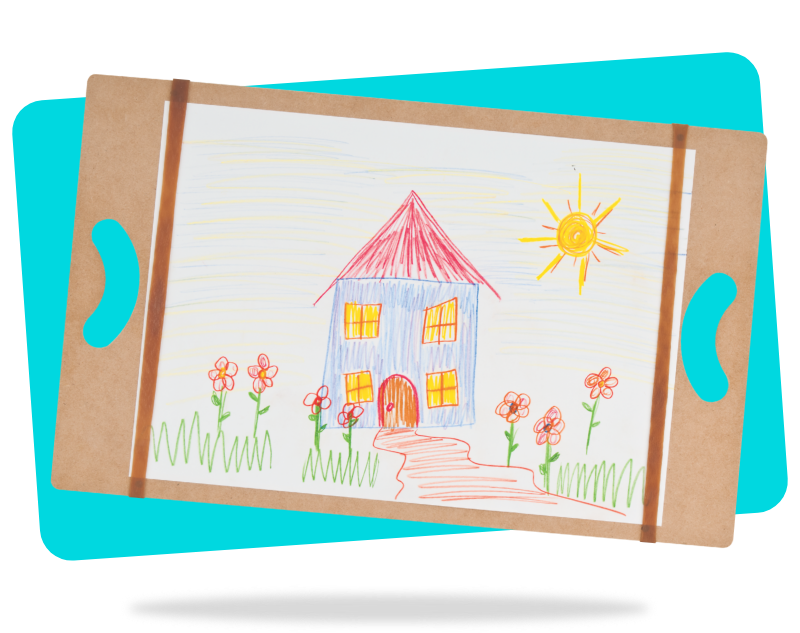
19. Hack: use songs to share instructions & teach routines
This is a great sonic hack! Use songs to teach routines and encourage positive behaviours. Singing instructions to young students is a great way to get them to follow them more than they do with simply talking. As one teacher said, ‘children end up singing these on their own, with a simple prompt and the rest of the class joins in’. So get your singing voice ready.
20. Hack: eyes in the back of your head trick
Ooh, you clever teachers! This hack could keep students guessing (and behaving) for years. Use your peripheral spotting to notice something amiss and then turn fully away before correcting the behaviour with a name and what they were doing! Eyes in the back of your head established.
Inspired? Need these resources (and more hack-friendly faves) in your classroom now? We’ve got you! We’ve pulled together this amazing Wishlist of Teacher Hack Resources here.
(Oh, our Wishlist function is ALSO a great hack. Have you tried it yet?).
What’s your favourite teacher hack? Tag us @modernteaching showing us how you use your hack in action.
BONUS POINTS if it features an MTA product!


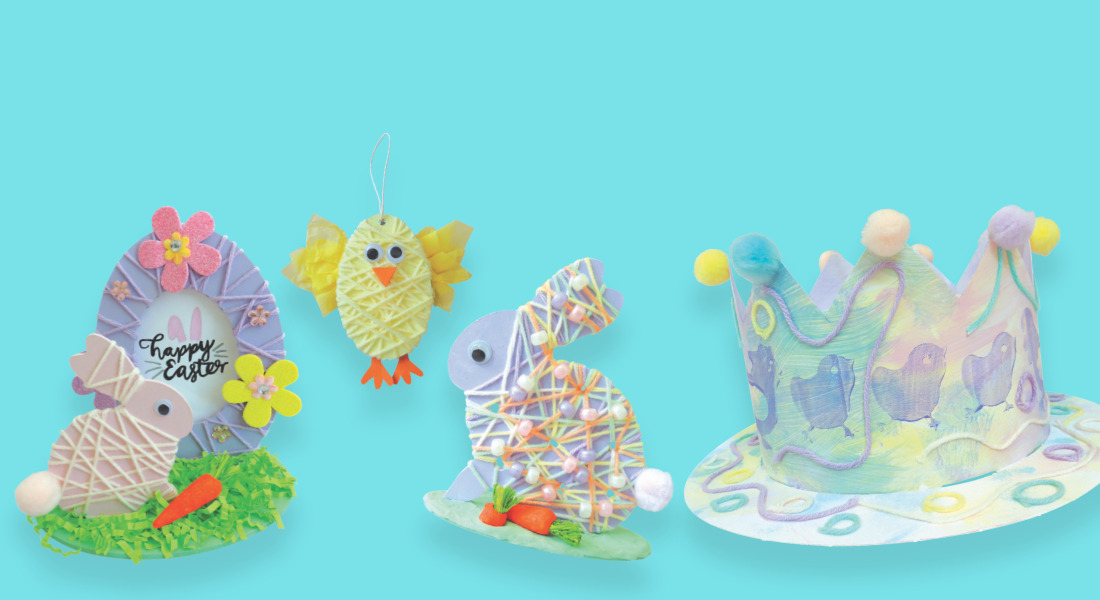
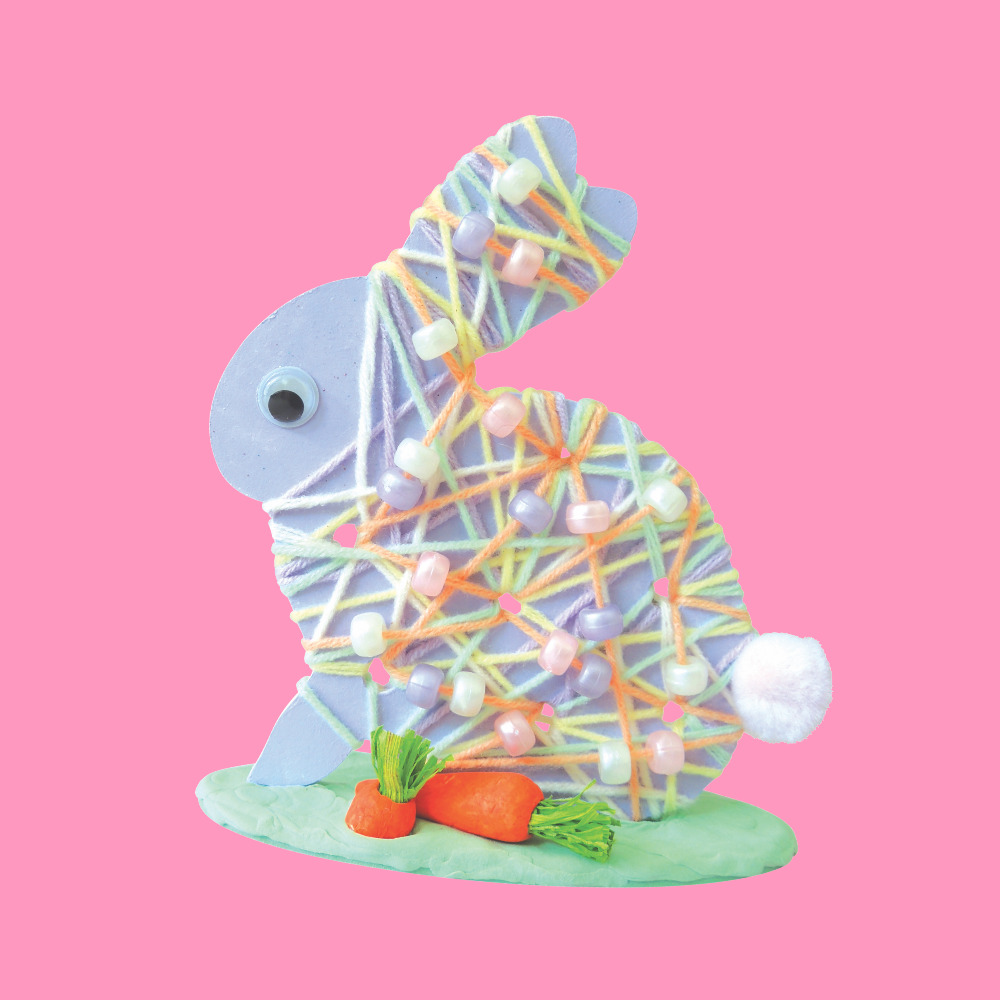
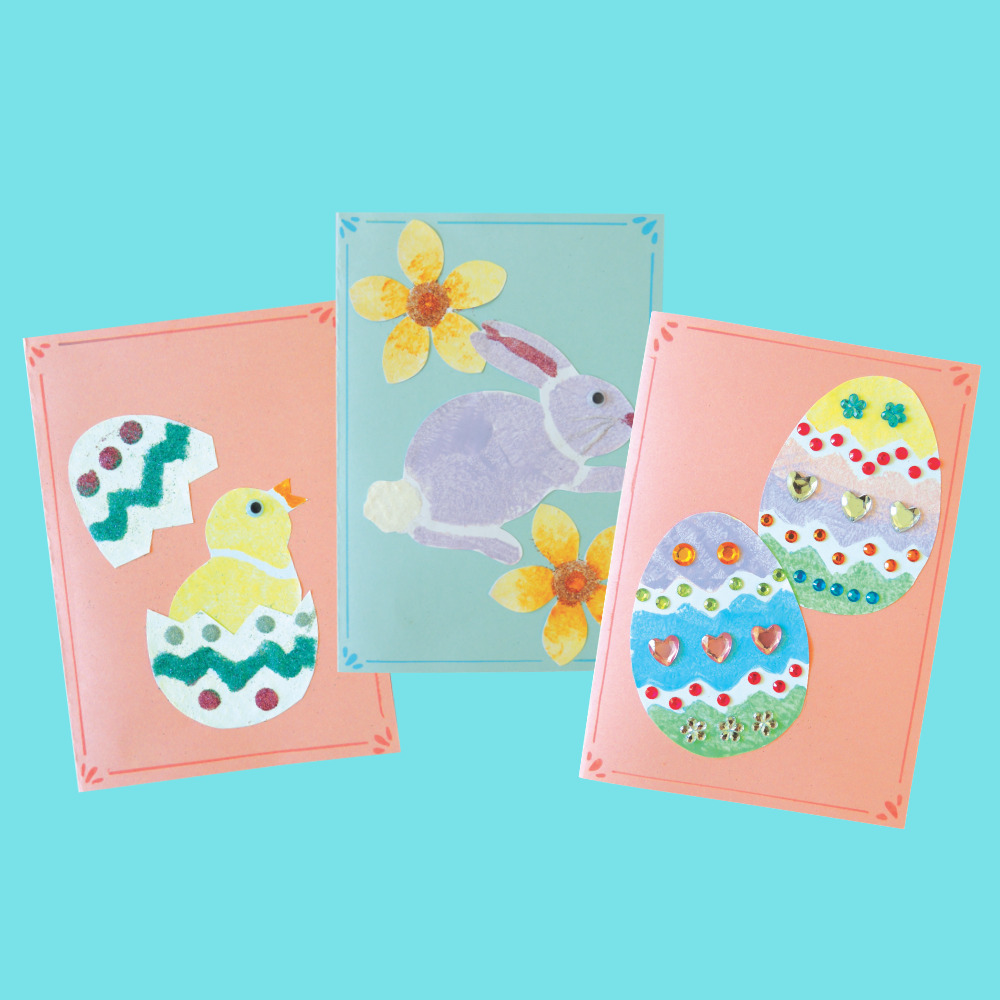
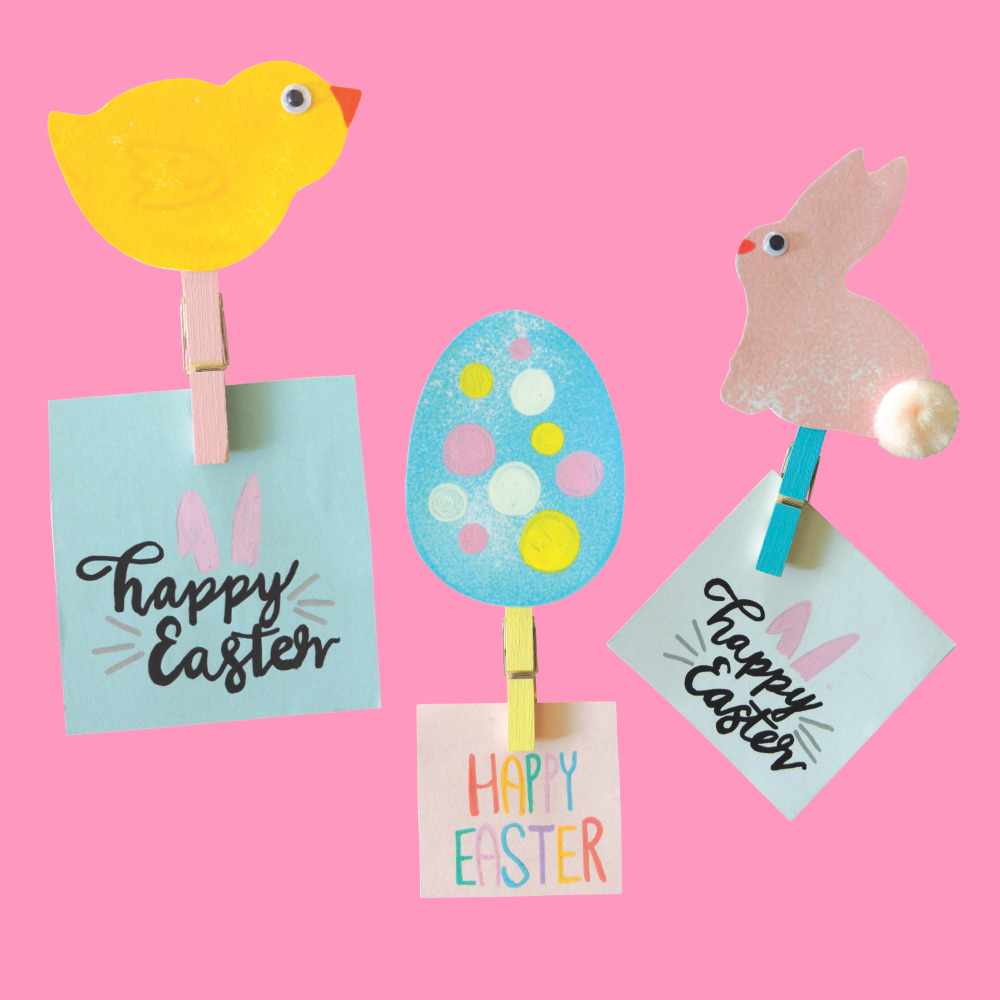
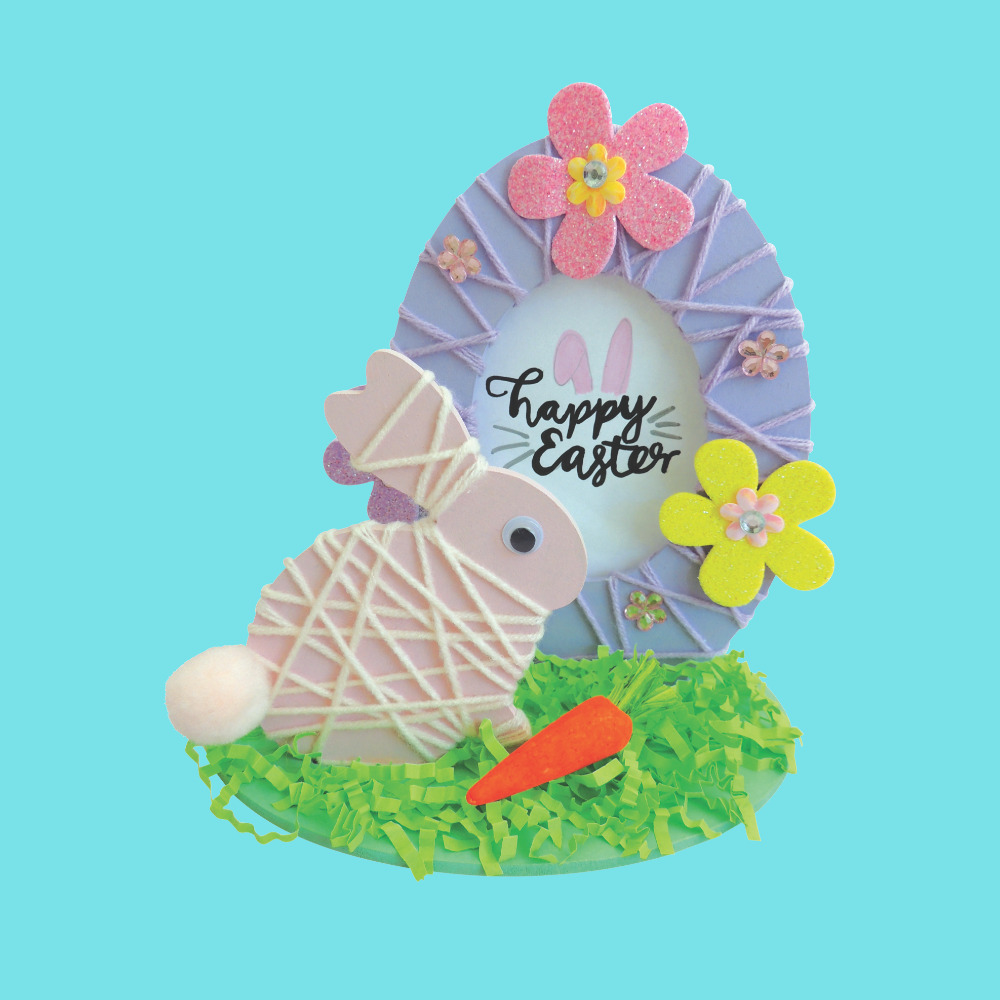
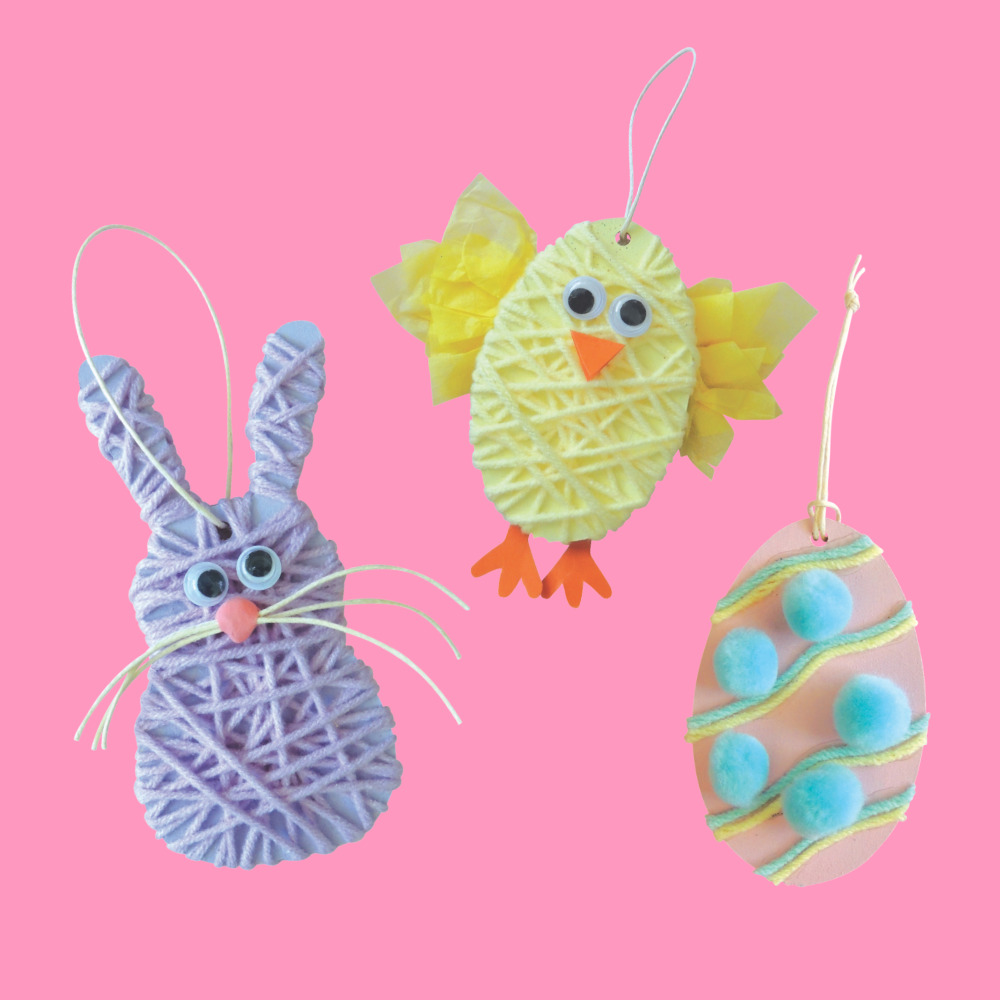
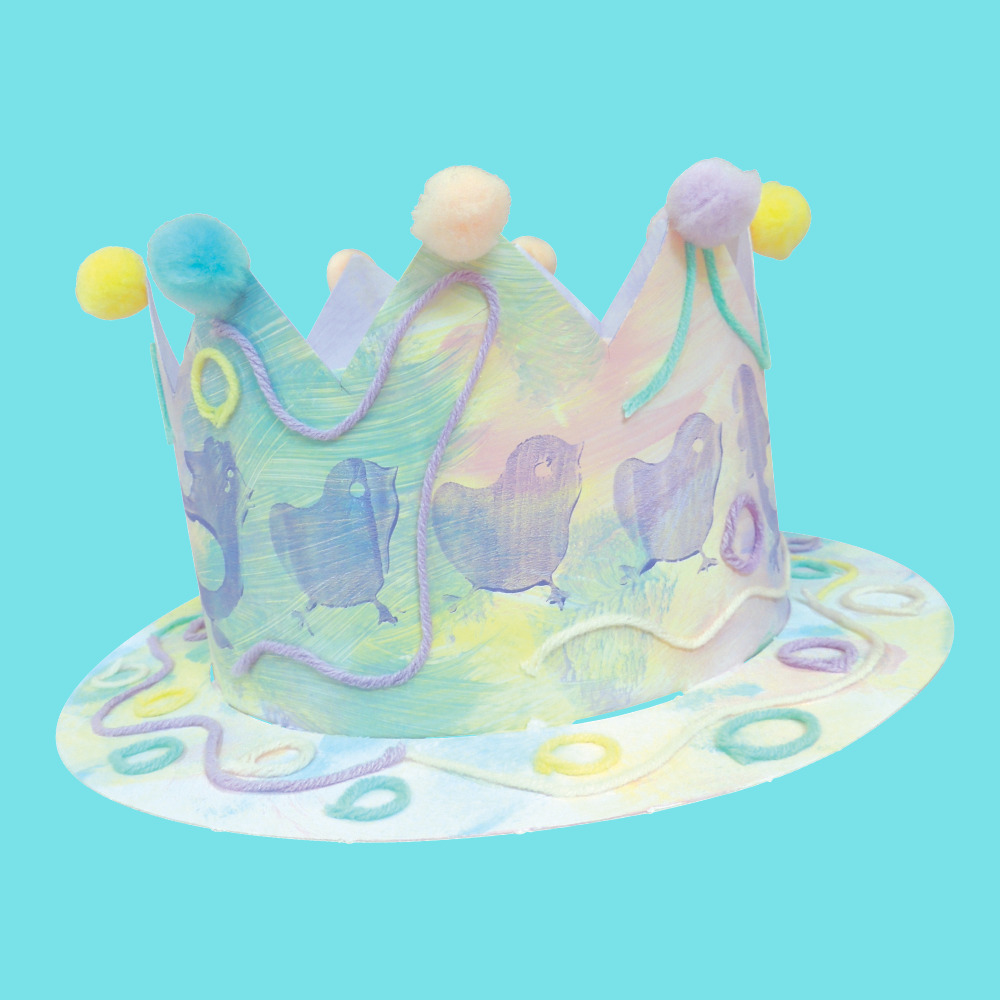
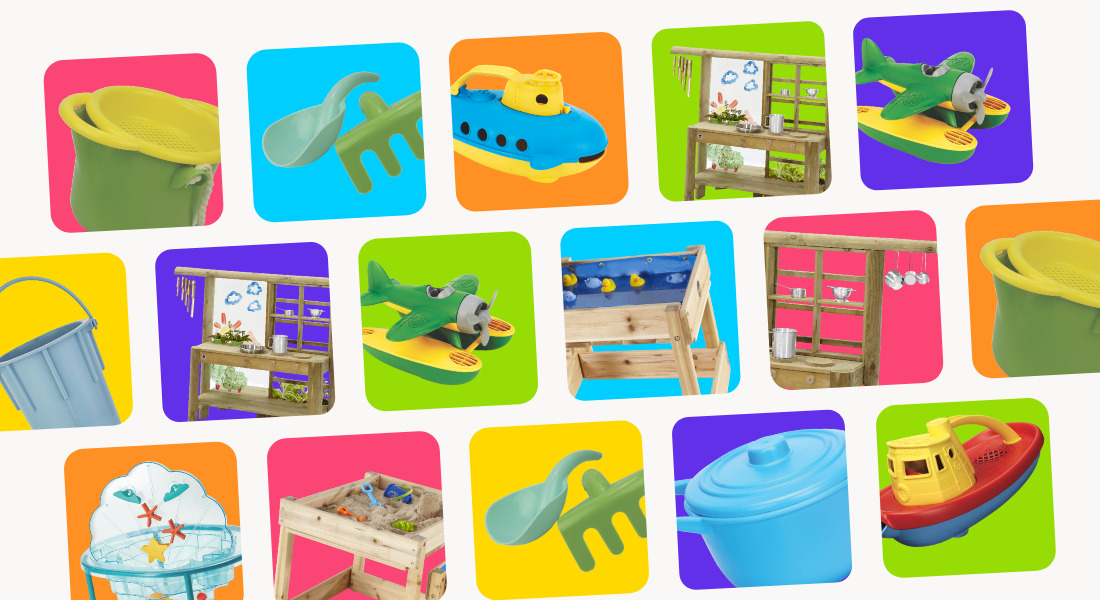
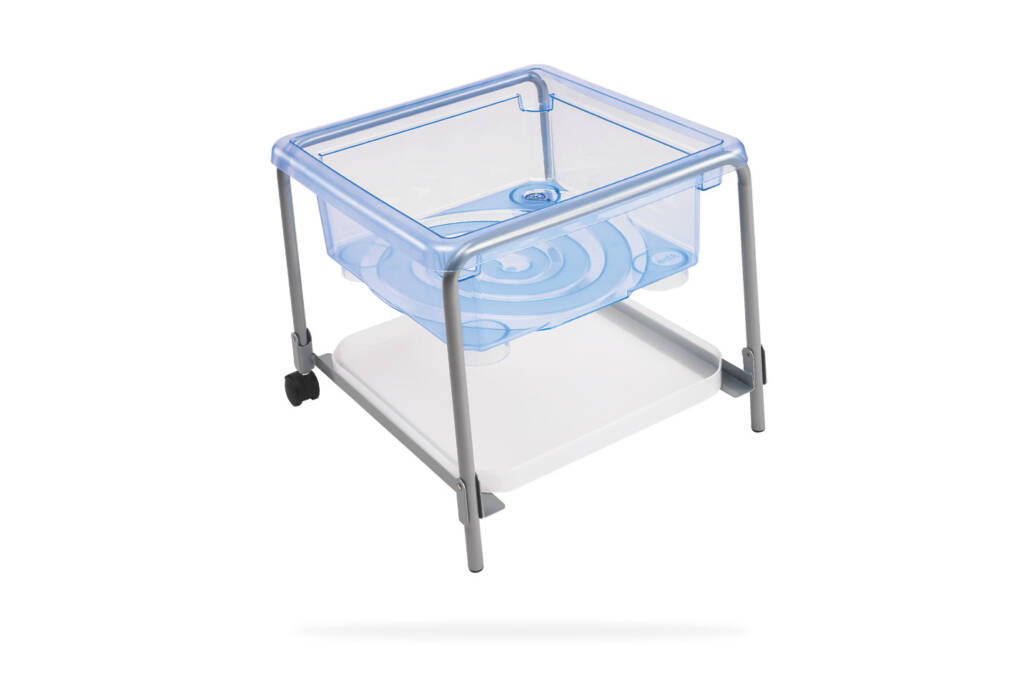
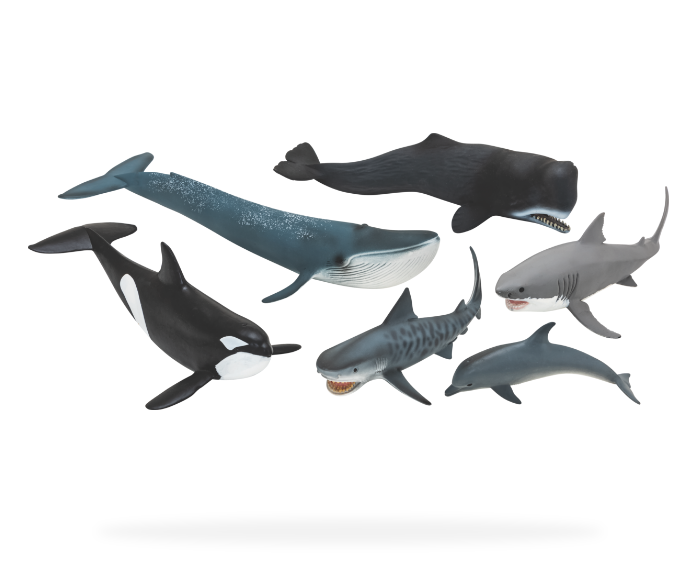
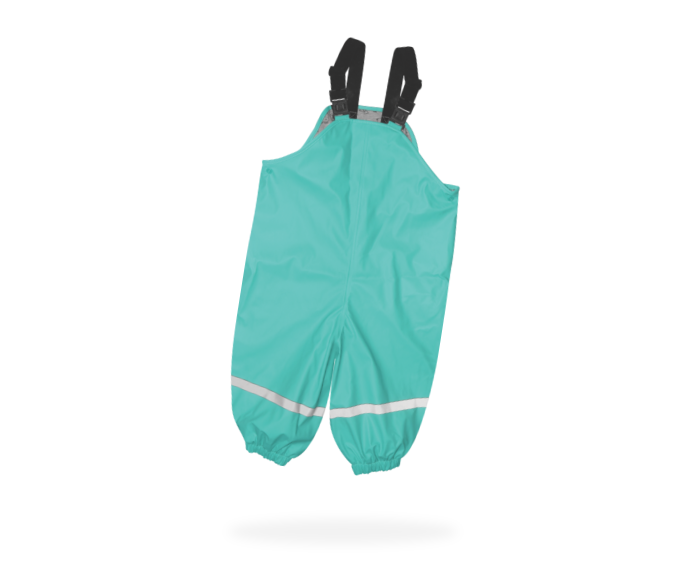
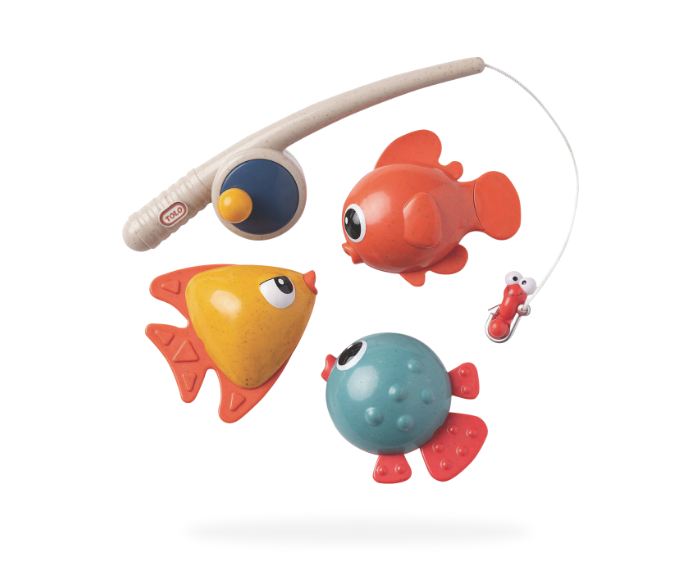 Funtime Fishing Set
Funtime Fishing Set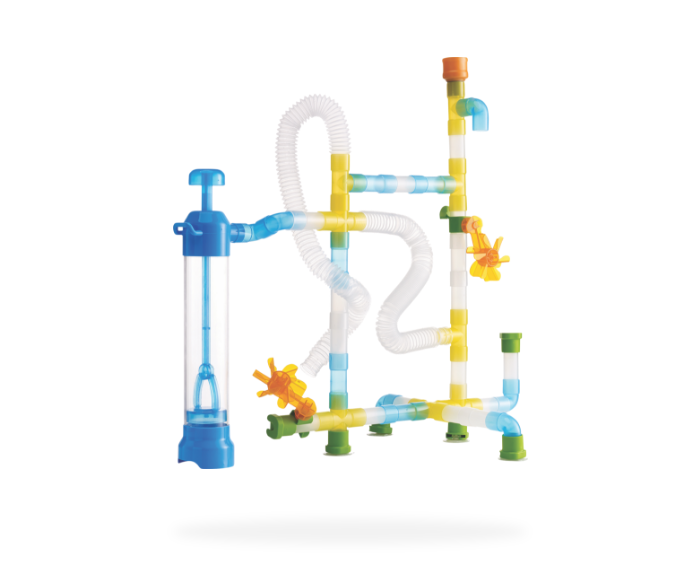
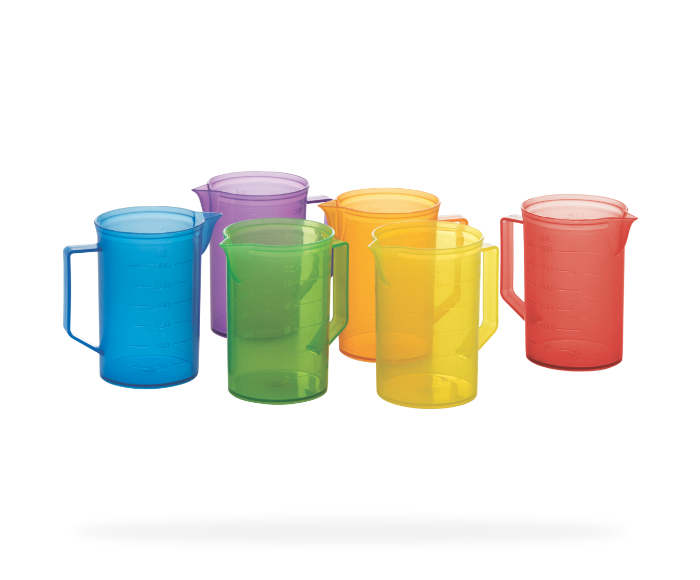
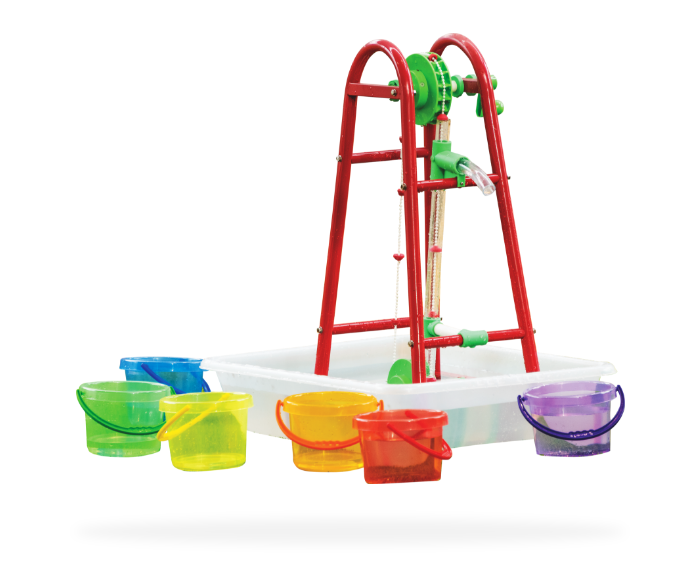
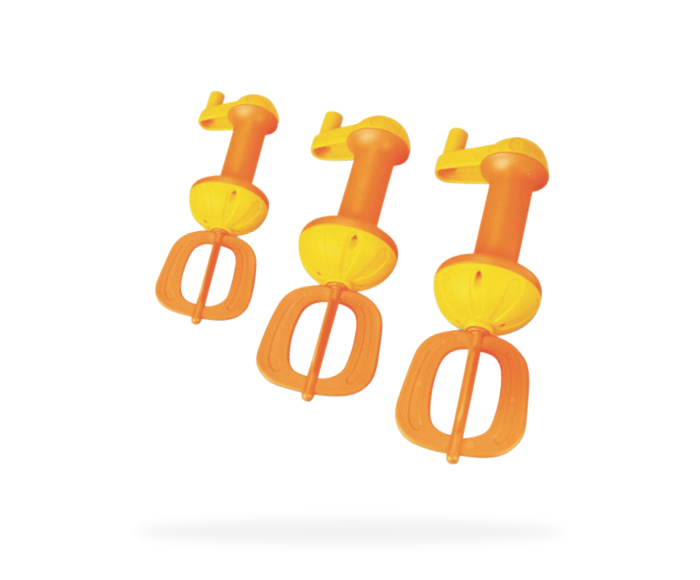
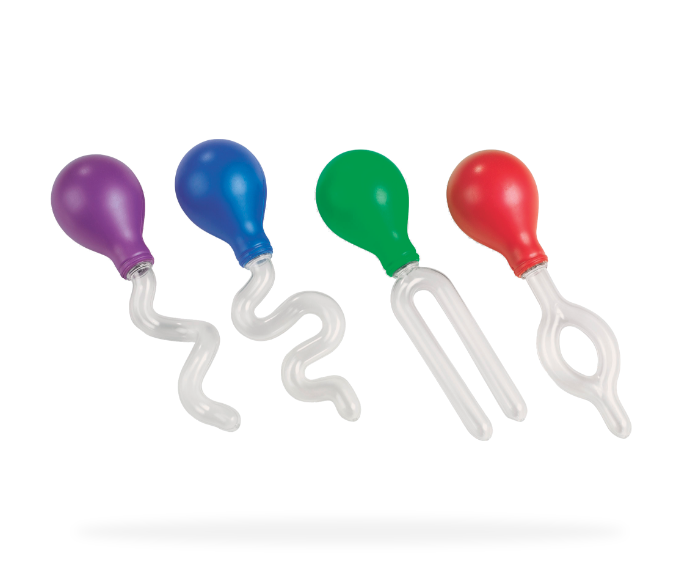
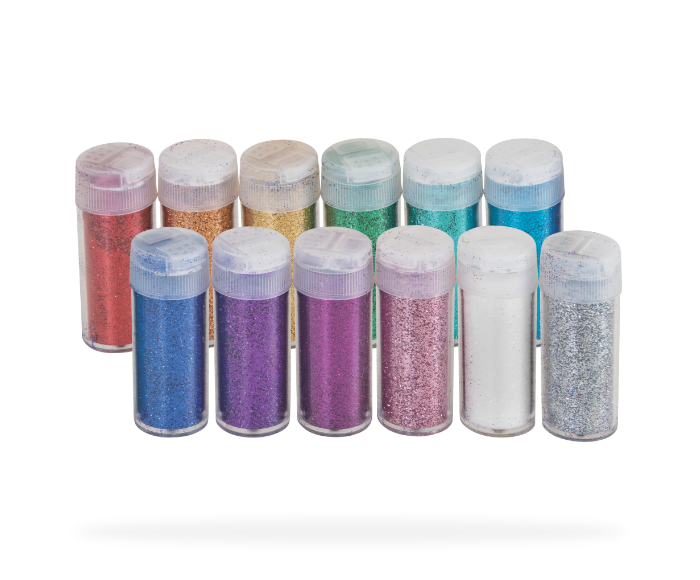
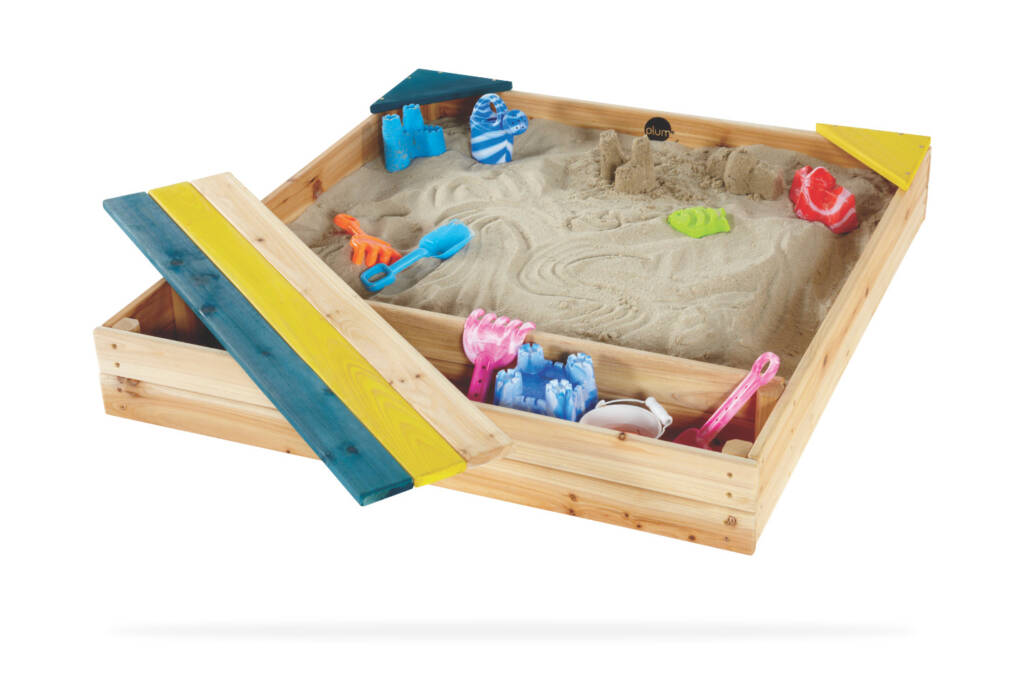
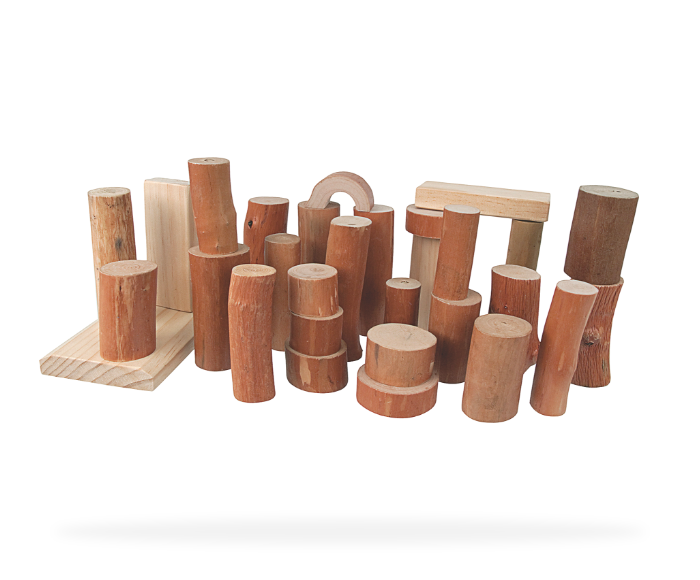
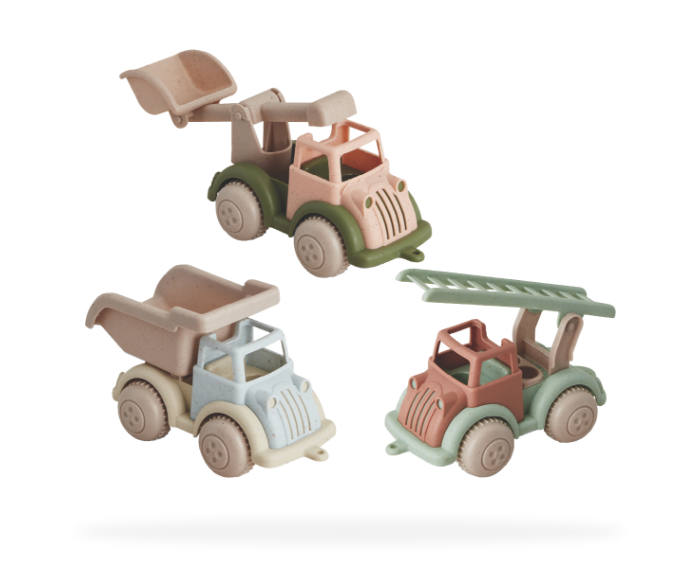
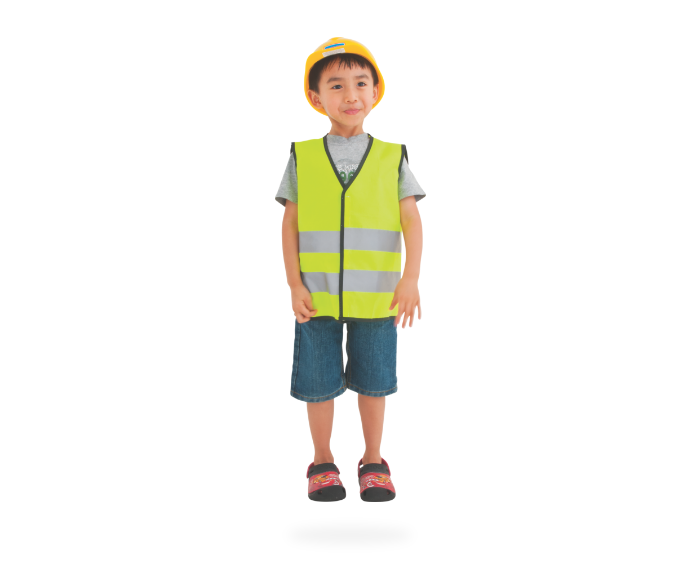
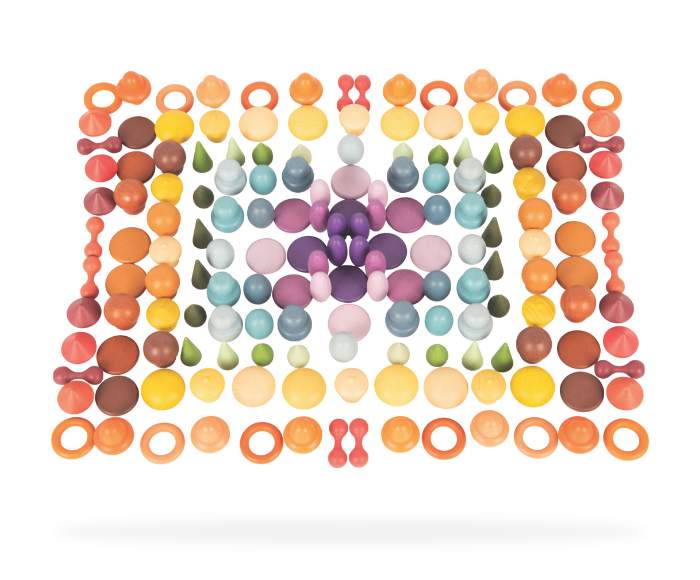 Wooden Treasures Set
Wooden Treasures Set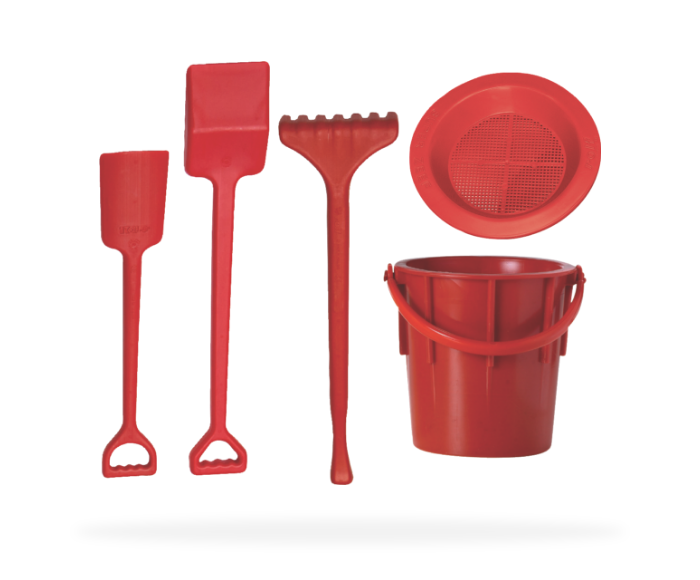
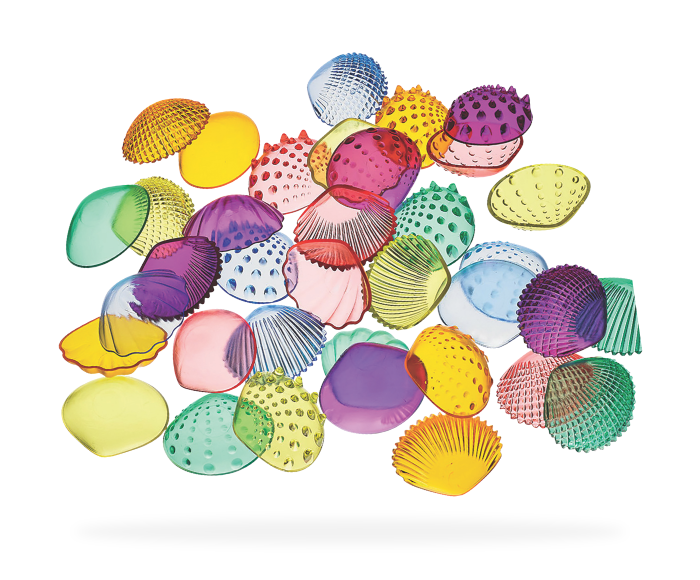
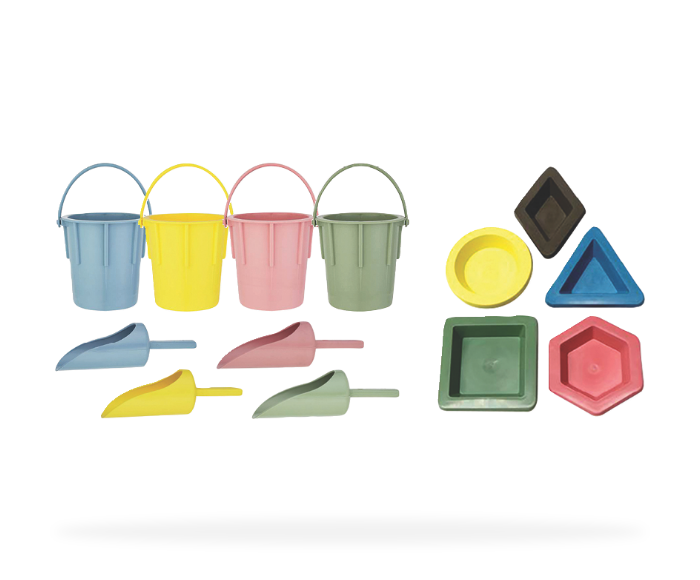
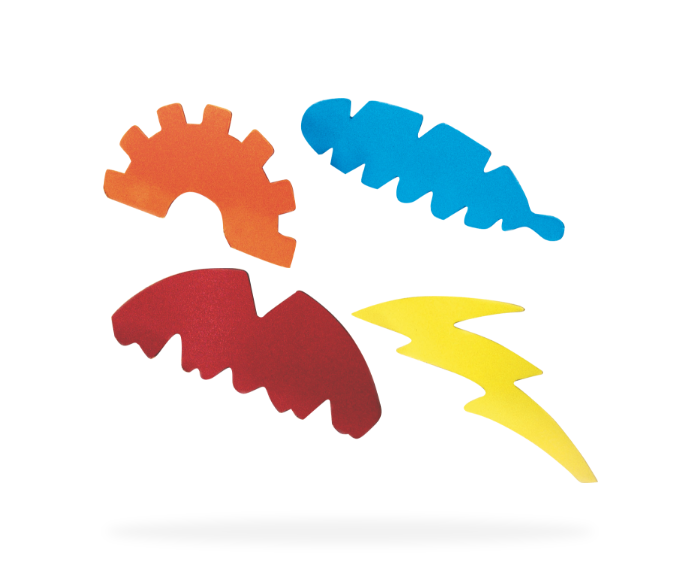
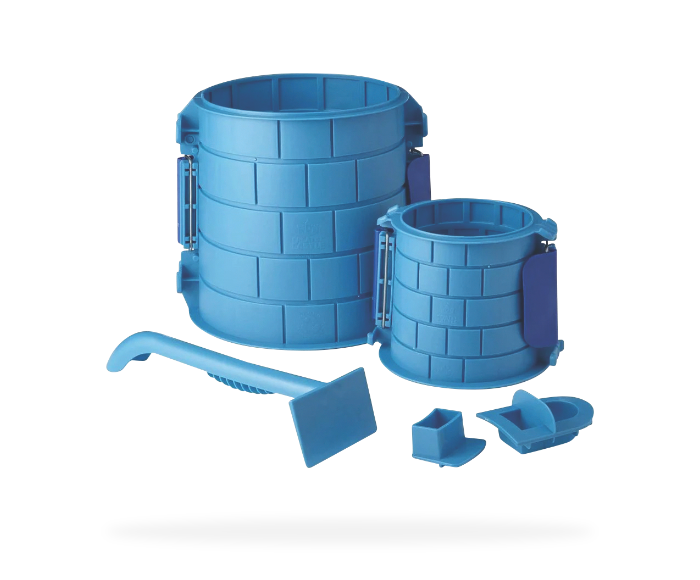
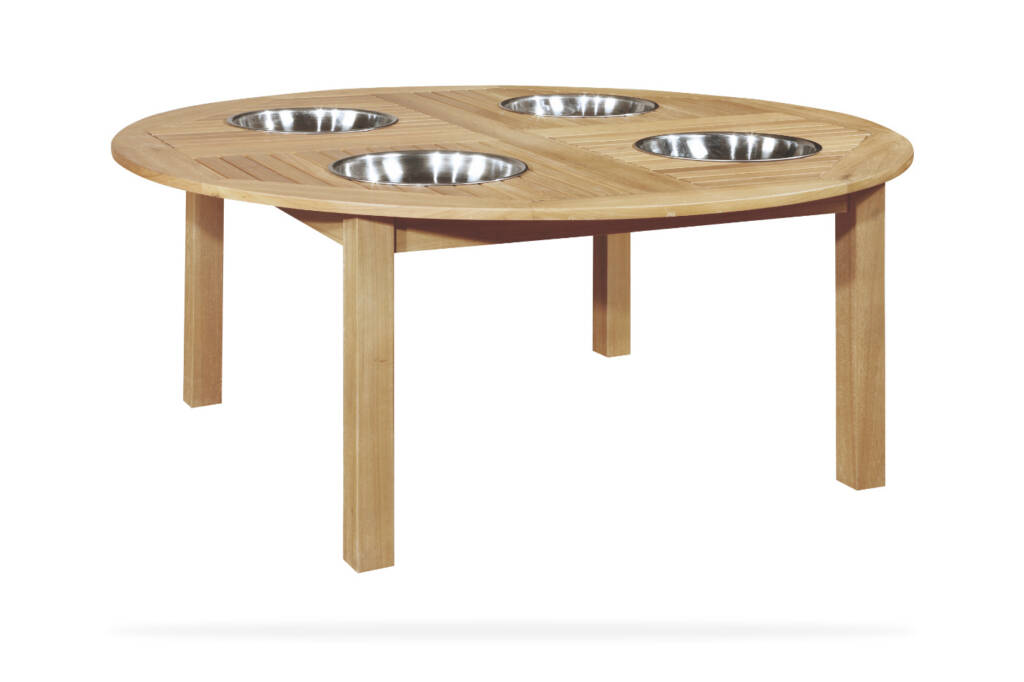
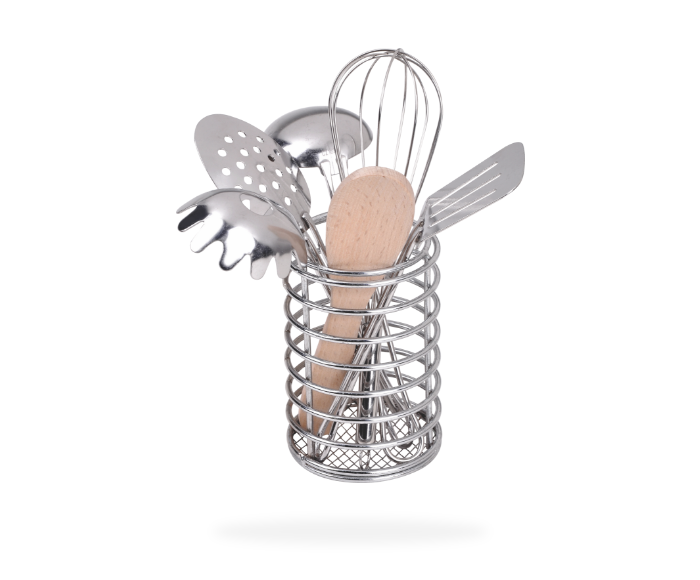
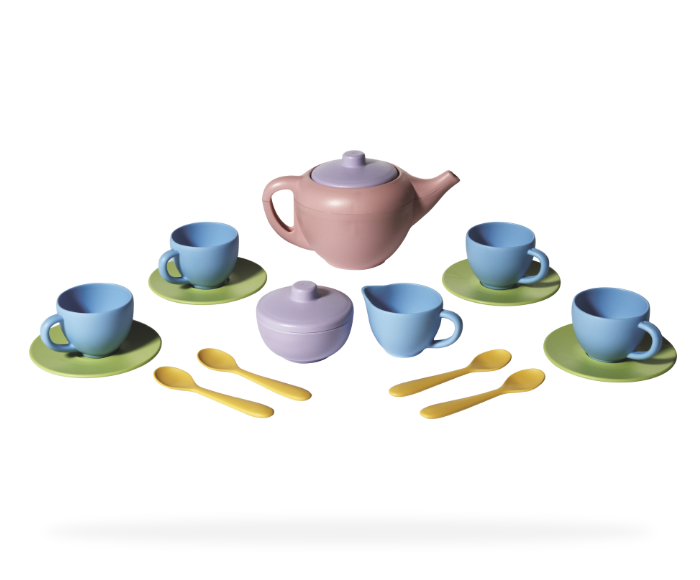
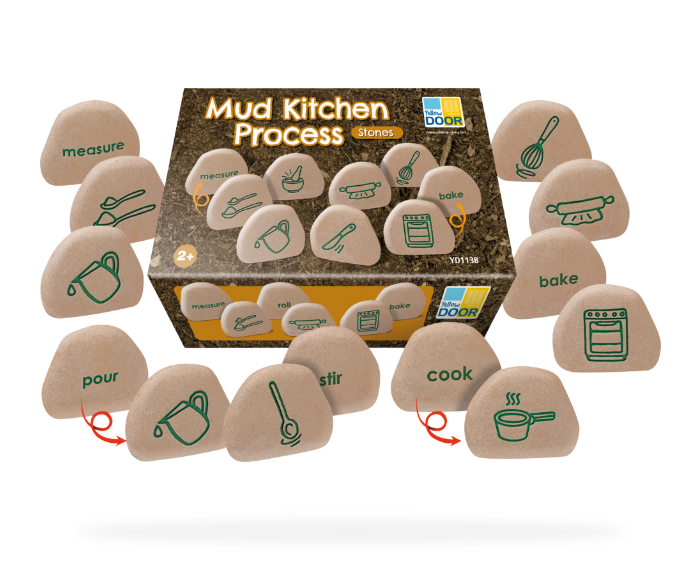
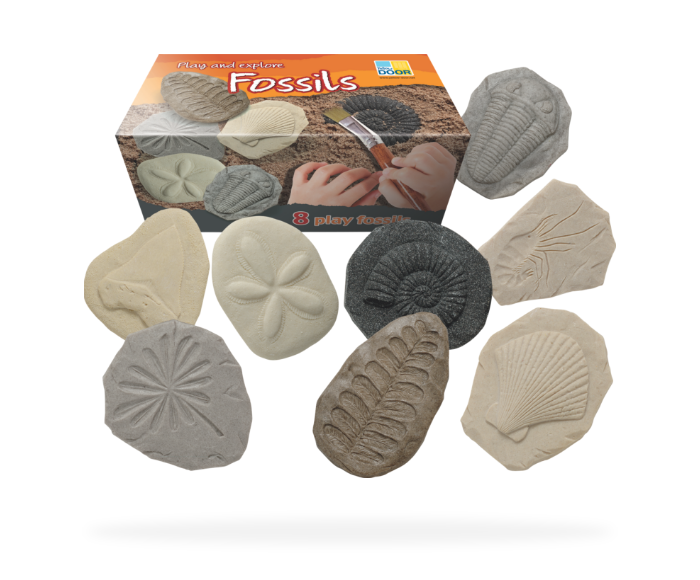
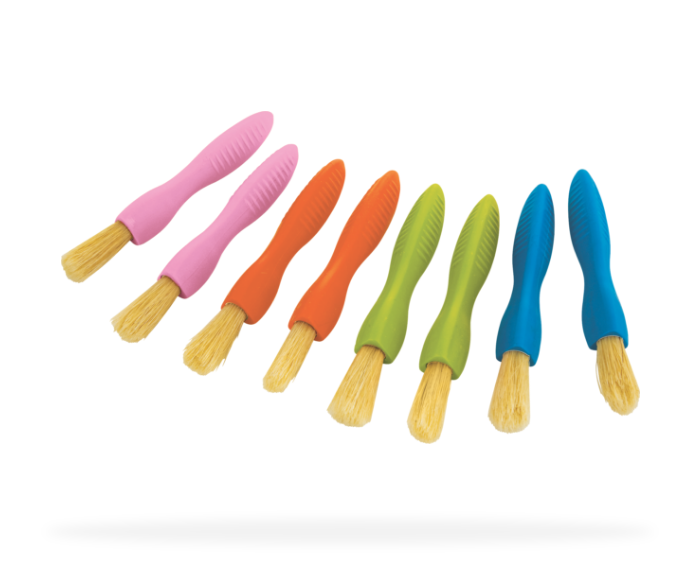 Easi Grip Brushes
Easi Grip Brushes 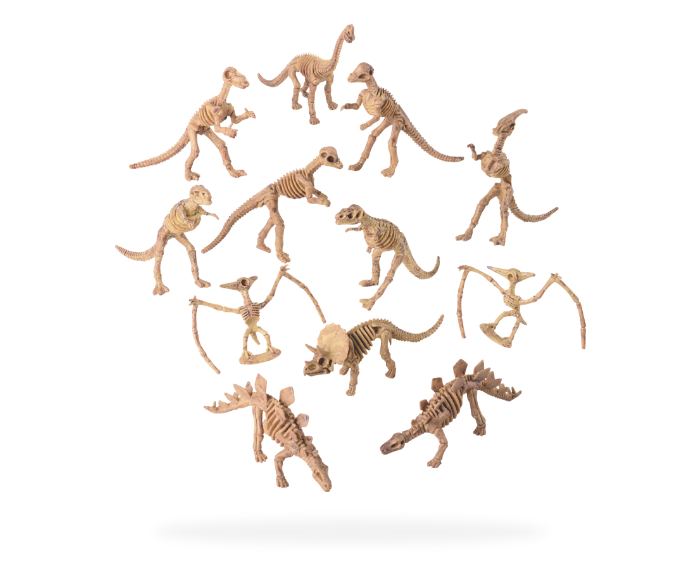 Dinosaur Skeletons
Dinosaur Skeletons 